The archaeological site of Amathus
The amazing colosseum vase in Acropolis
Amathus is located east of Agios Ttychonas next to Limassol in Southern Cyprus, and commands a stunning view of the Mediterranean.
It is easy to reach since it lies just off the main road of the tourist area. Because the lower part of the ancient city can be seen from the street (the market, the baths, administrative buildings, and hostels), many people do not realize that besides these, the Acropolis of Amathus sits on the hill above.
This served as a natural fortress and observatory. A temple was built there and it became a place of worship of Aphrodite.
In the archaeological site, impressive discoveries have been made: ancient basins, vases and various other utensils, used by the inhabitants of old.
At the top of the hill, there were two giant vases decorating the entrance of the temple of Aphrodite at the Acropolis. These dates back to the 6th century BC. They are 1.85 meters high and weigh 14 tons. It was used for the storage of the must of grapes, where it took the wine after it was fermented.
One of these was stolen by French architect Edmond Duthoit when the Ottoman occupiers of Cyprus, gave him permission to take it away to his country and it now rests in the Louvre Museum in Paris. As a matter of fact he wrote this in his diary:
"Our last day was dedicated to Amathus, the only sanctuary of Aphrodite that we had visited. There we found two huge stone vases 3.40 meters in diameter. I could not figure out the amount that was buried in the ground and only a measure, which was covered with representations, was sticking out. If you manage to get out of there and to convey them into the sea, it will be my biggest achievement. I will begin to study the ways and mechanisms needed to achieve this and to have them transferred. This will create a big impression in the Louvre although operators there have never been involved in excavations; maybe they hate excavations and they create difficulties, but we will collect enough to fill a large room. "
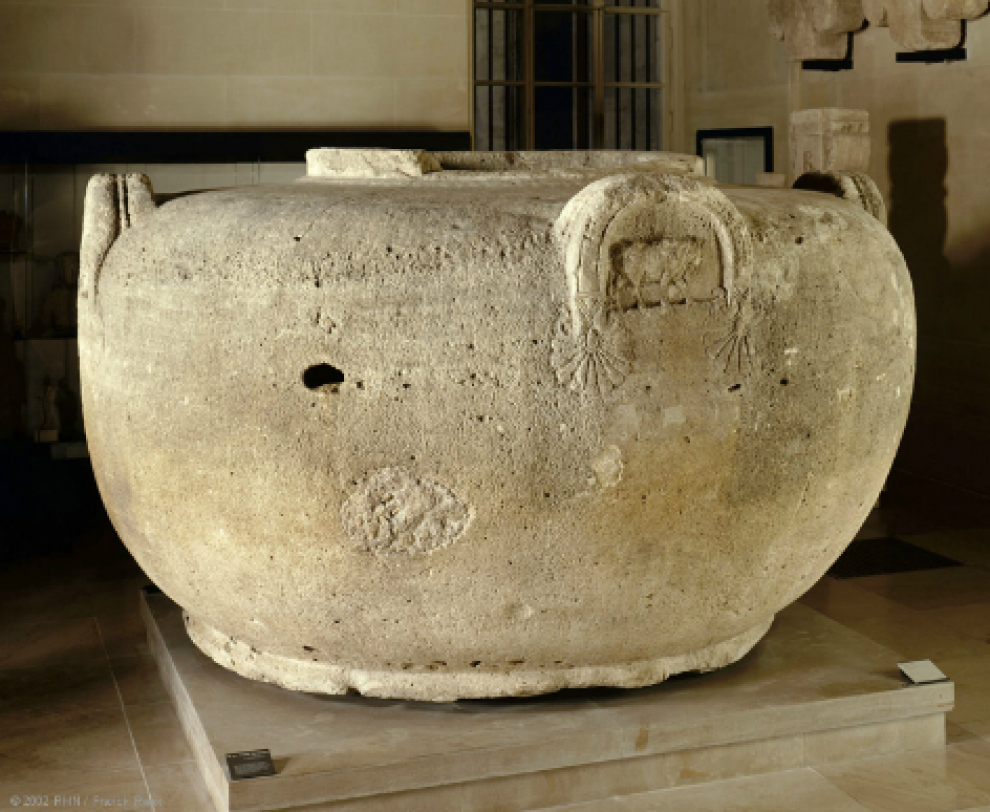
According to mythology, the founder of the town was Amathos, one of the sons of Hercules. The name comes from Amathos or from the nymph, Amathusa, mother of King Kinyras of Paphos.
Here Theseus brought the daughter of Minos, Ariadne, when she freed herself from the labyrinth. When she gave birth to her child, she died and was buried.
Amathounta was one of the biggest ancient city kingdoms of Cyprus and the town was surrounded by a strong wall. It was a rich and highly populated kingdom. It had well-developed agriculture and there were mines near the north-east of Kalavasos.
In the city, Aphrodite and Adonis (who also had a temple) were worshiped. According to legend, this was the place where the Adoneia games were held, where athletes competed in hunting wild boars in athletic contests, singing and dancing and all this in honor of Adonis.
In the Geometric Period in Amathus, as in all ancient Cyprus cities, Eteocretans and Mycenaean settlers came to live there. This is evidenced by vessels of the period have been found in the cemeteries of ancient Amathus.
There are some vaguely written references from ancient times and some controversial one's today, as well as some archaeological evidence, suggesting that the original inhabitants of Amathus were indigenous. Traces of human presence have been identified dating to the 11th century BC.
Another possibility is that the city was founded by the Phoenicians between the 15th and 12 century BC and many Eteocypriot came to live there in the iron age. This would explain the continued refusal of Amathusia to take part in revolts against the Persians who were allies of Phoenicians and Greeks opponents.
Historical events in Cyprus
1) Amathus was the only kingdom that did not revolt against Persia and remained a faithful ally to it. Onisilos, in the early part of the 6th century BC rebelled against his brother, King Gorgos. When he managed to dethrone him, he led all Cypriots (excluding those from Amathusia) to kill the leader of the Persian Army Artyvio. It seemed at that point that the war was won. However, the tyrant of Curium Stasanor with his army left the side of Onisilos, followed by several soldiers of Salamis. Onisilos fought bravely but was killed, leaving the Persians to become masters of the whole of Cyprus.
2) The Amathusians beheaded the dead body of Onisilos and left his head on public display. A swarm of bees dug into Onisilos’ skull and made a nest there. After that Amathusians asked the Oracle for advice. The Oracle told them to bury Onisilos as a hero and to offer him sacrifices. Amathus remained an ally of the Persians right up to the occupation of Cyprus by Alexander the Great. At the end of 2015 were found "fragments of a skull" that leading scientists feel sure belonged Onisilos’ skull.
3) Digs of the archaeological site have unearthed an inland port between the market and the current road. In the 8 century, BC ships were towed there to be protected from strong winds. It was rebuilt in the late 4th century BC by Demetrius the Conqueror for the defense of the city, in a period of conflict with the Ptolemies because of their assertion of power in Cyprus. Today the ruins of the port are below sea level. 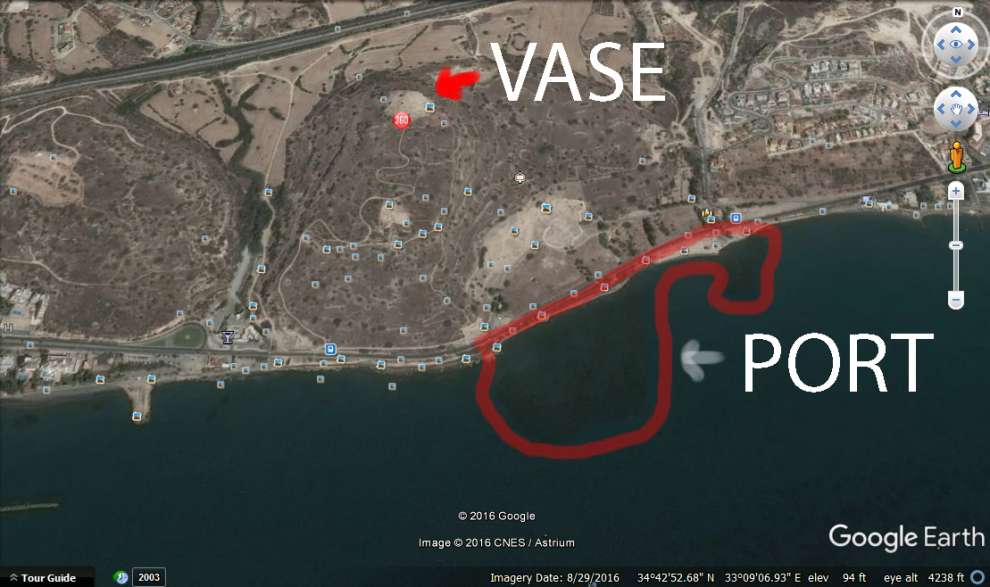
4) Amathus flourished till the 7th century AD, when it was probably abandoned because of Arab raids.
5) In 1191 when King Richard the Lionheart came to Cyprus, Amathus had already declined and the tombs had been plundered and stones of beautiful buildings were transferred to Limassol for use in new buildings.
6) Building material from Amathus in 1869 (Ottoman empire period) was used to construct buildings in Limassol and the construction of the Suez Canal.
7) At Amathus was born in 539 AD St. John the Merciful, later patriarch of Alexandria.
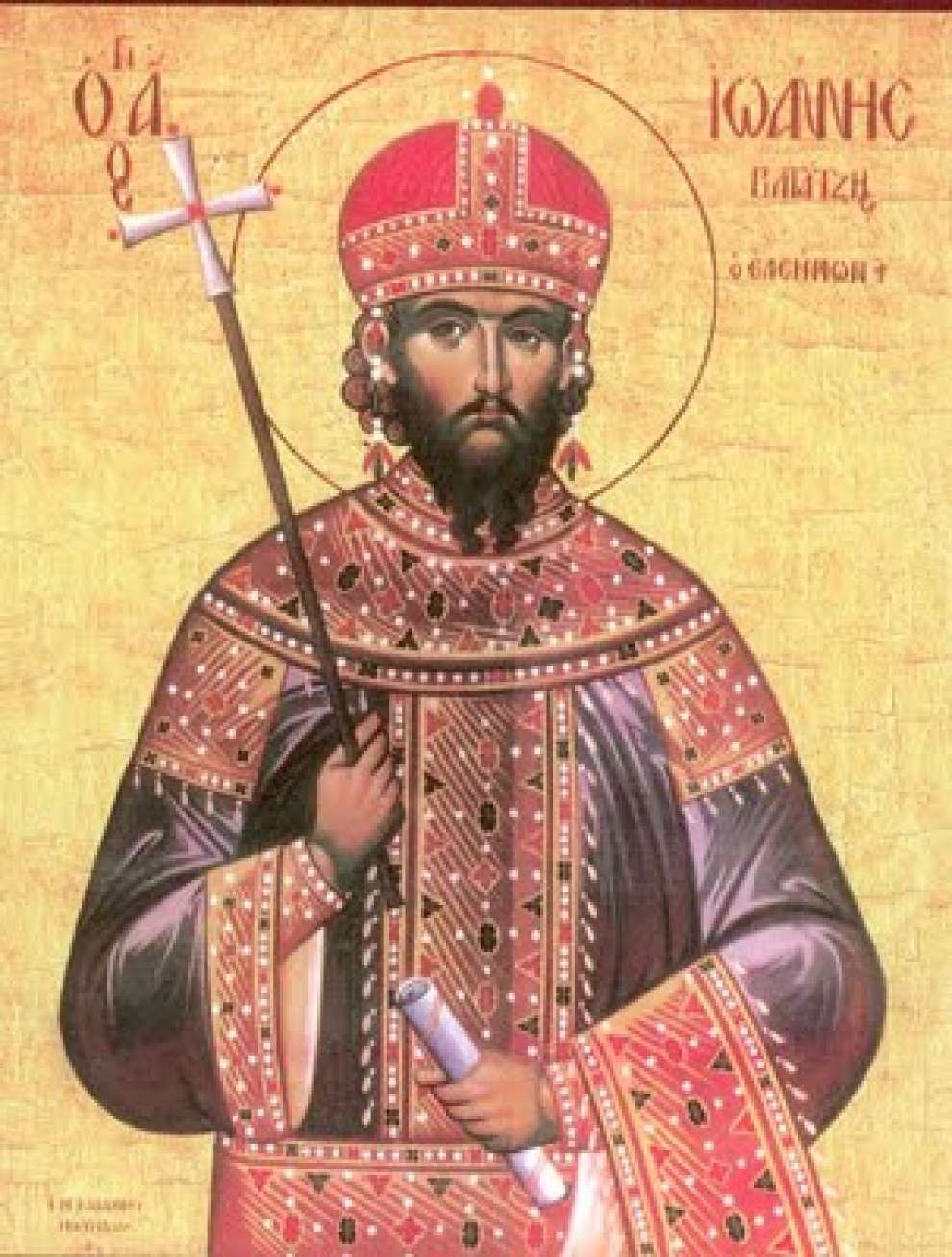
8) In the eastern part of the eastern necropolis, we find a cave-chapel of Santa Barbara also a short five-aisled basilica that seems to have formed part of a monastery.
9) Archaeological excavations were begun in 1980 by Cypriot and French archaeologists were begun in 1980 and continue to this day. Their discoveries include the Acropolis, the Temple of Aphrodite, the market, the city walls, and the Basilica.
Opening hours:
Winter hours (16/9 - 15/4)
Monday-Sunday: 8.15 - 17.15
Summer hours (16/4 - 15/9)
Monday-Sunday: 8.15 - 19.45
Ticket price € 2,50
Phone 25 635226
Accessibility
Only the lower city is open to the public.
Toilets cater for the disabled.
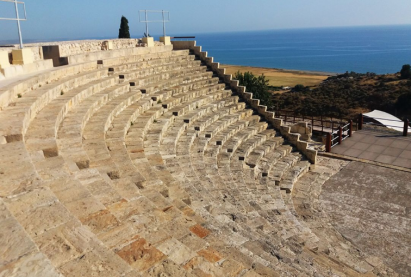
Don't miss in Limassol the archaeological site of Kourion

 English
English
 Ελληνικά
Ελληνικά Русский
Русский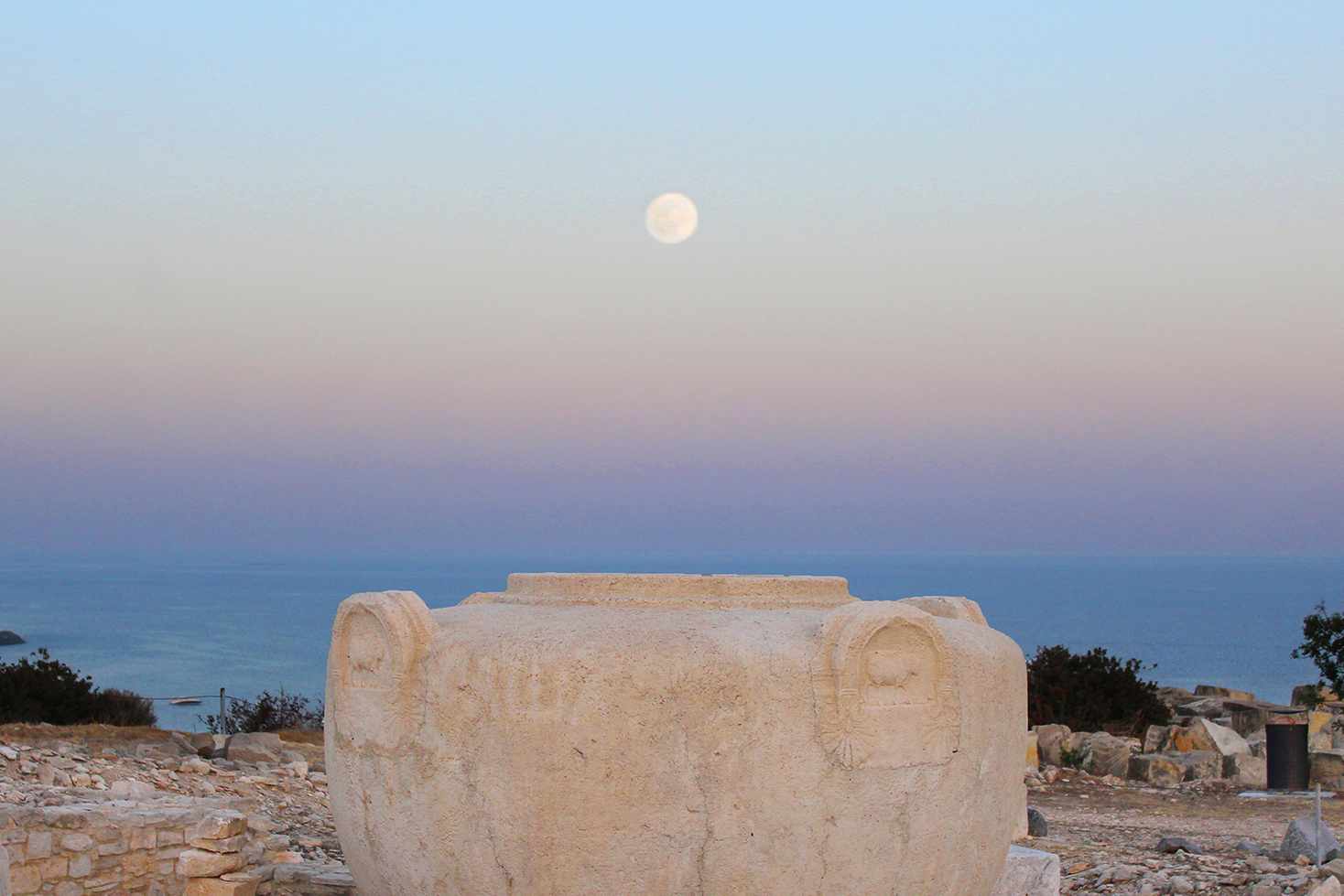
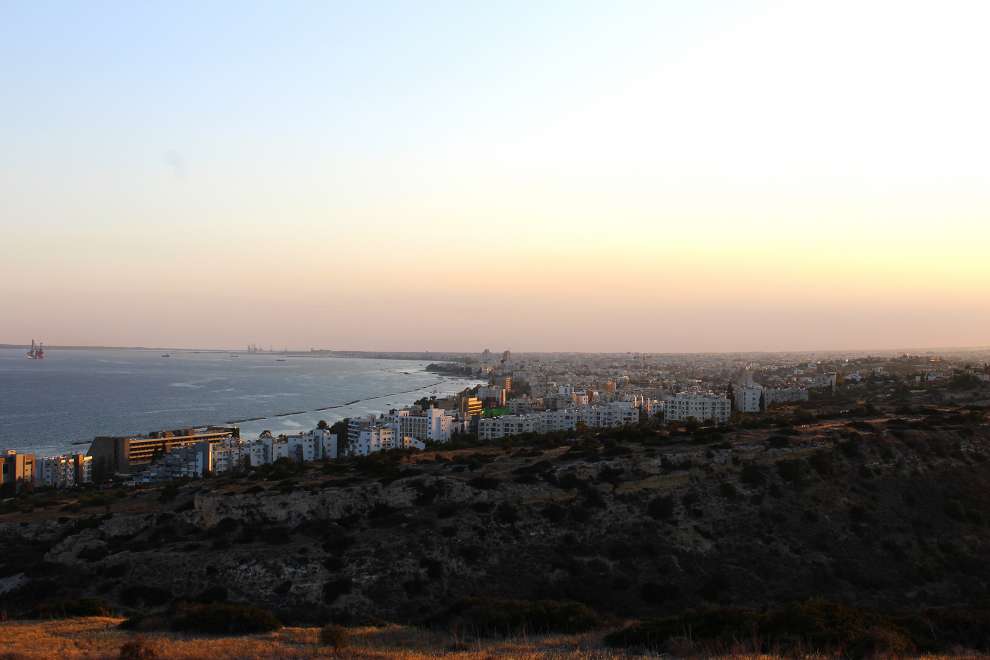
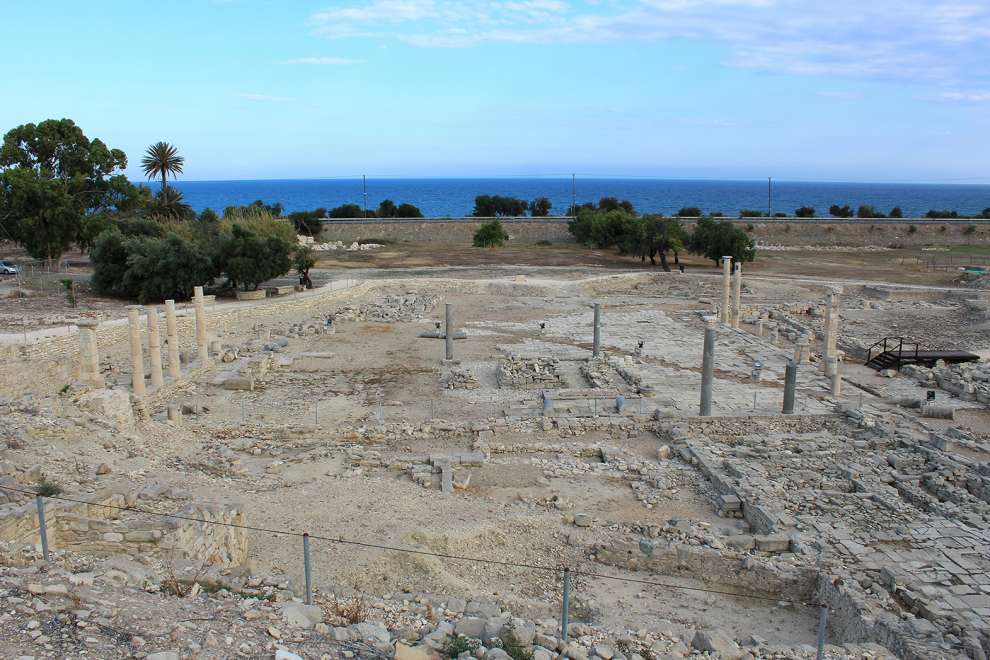
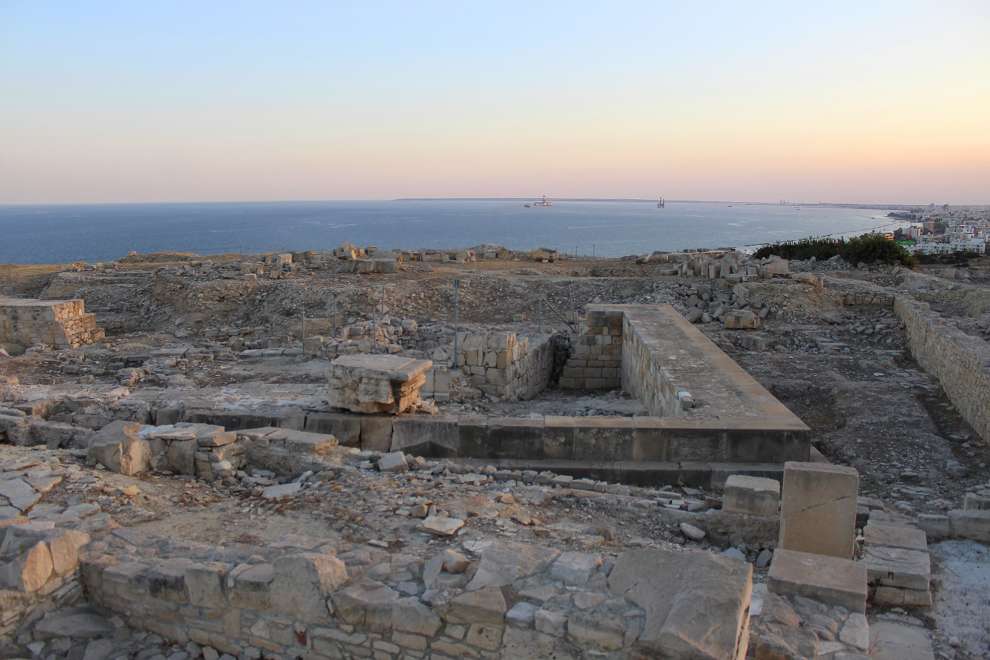
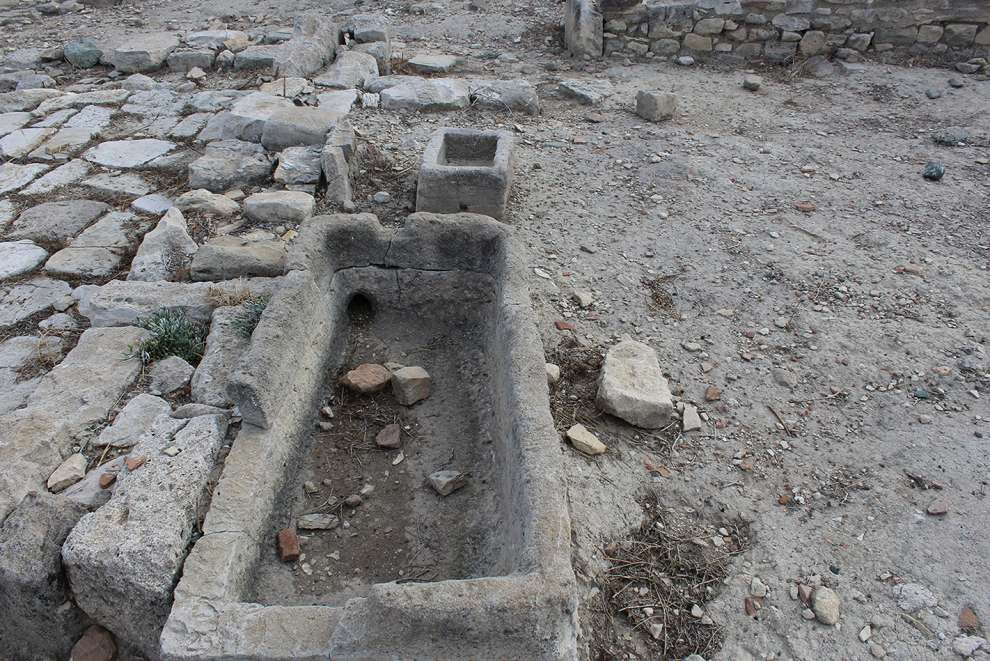
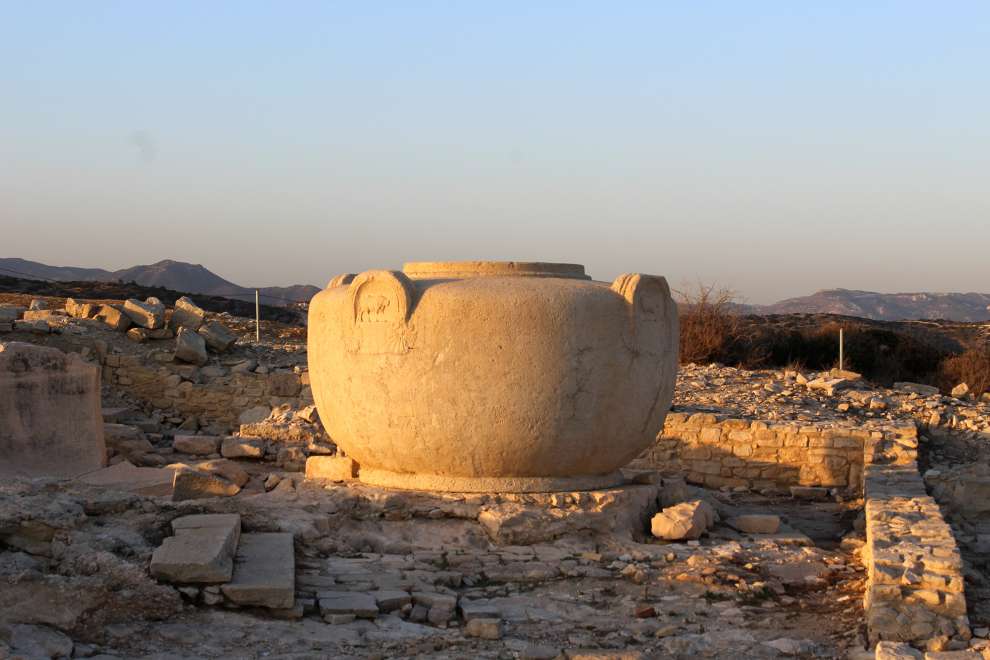
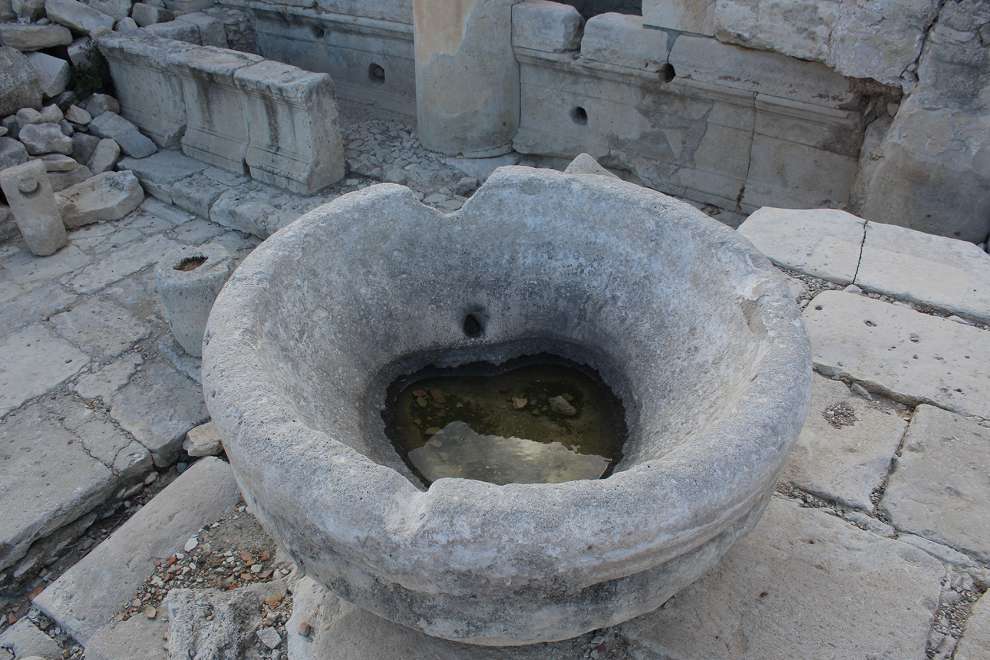
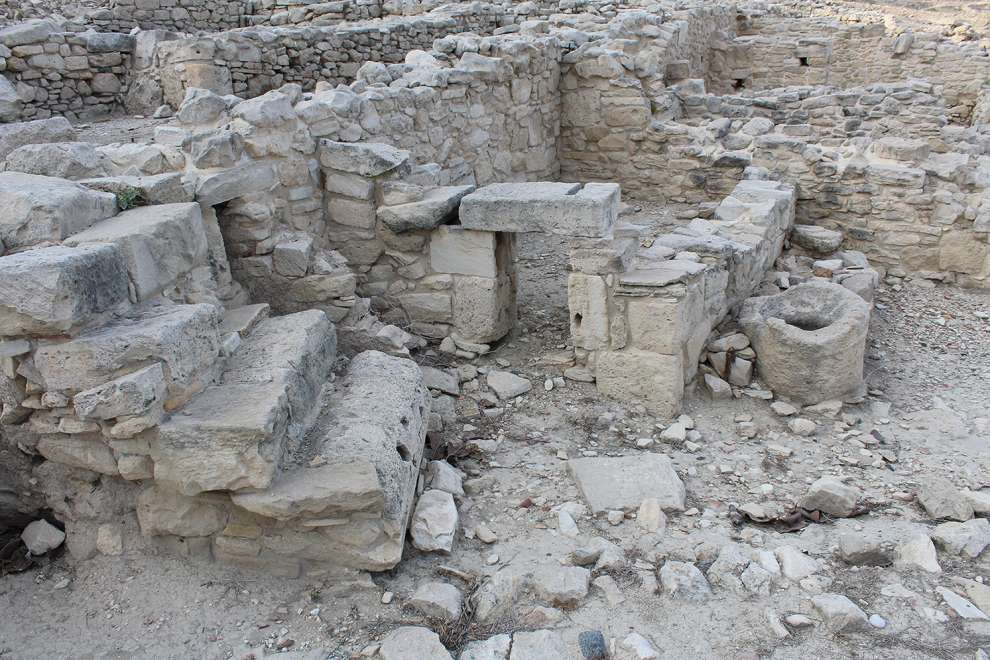
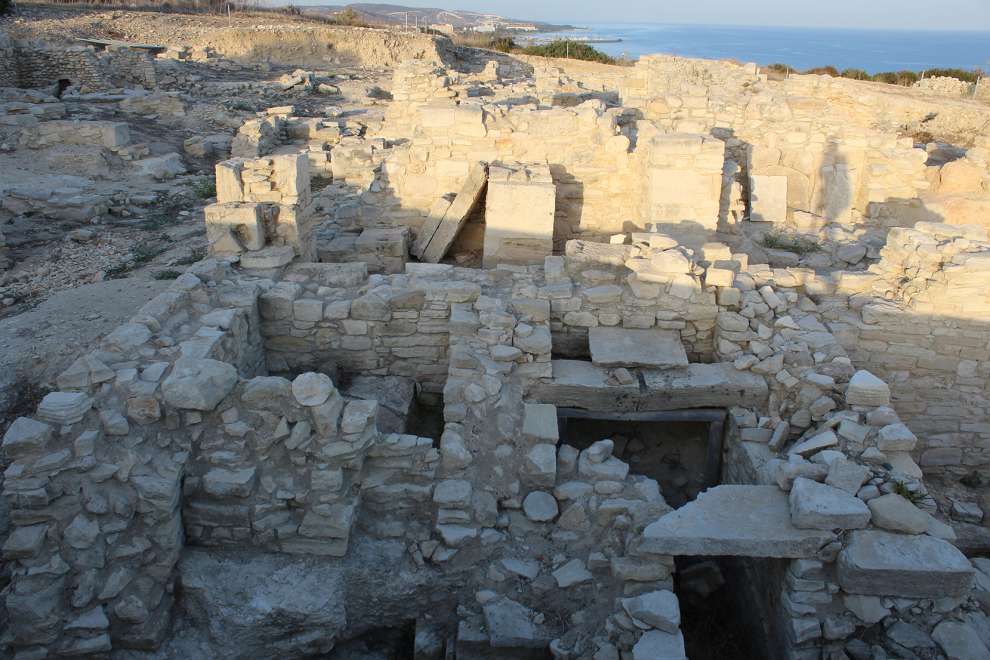
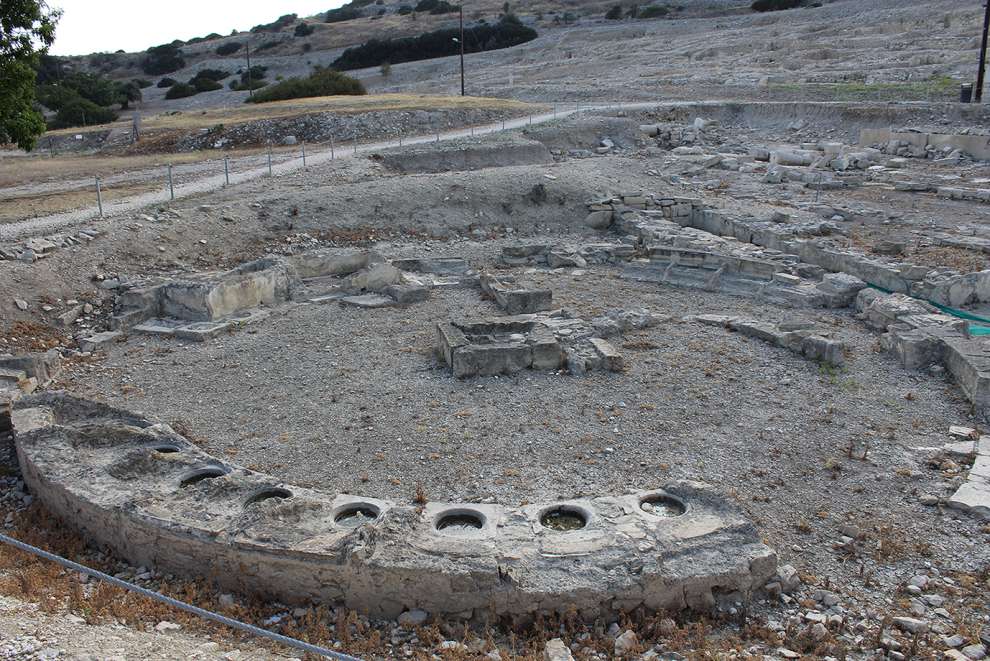
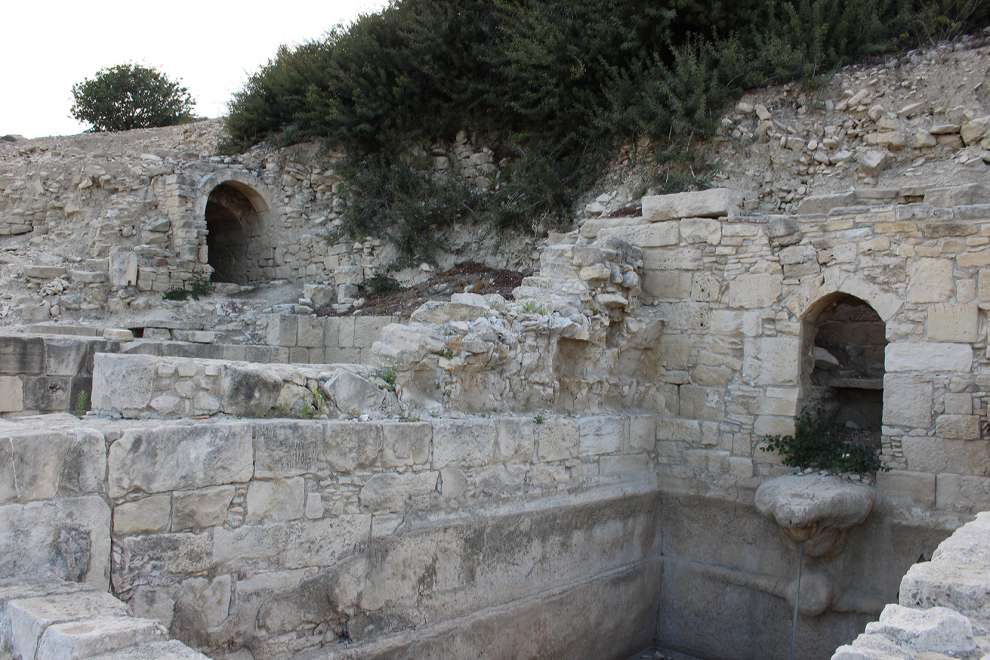
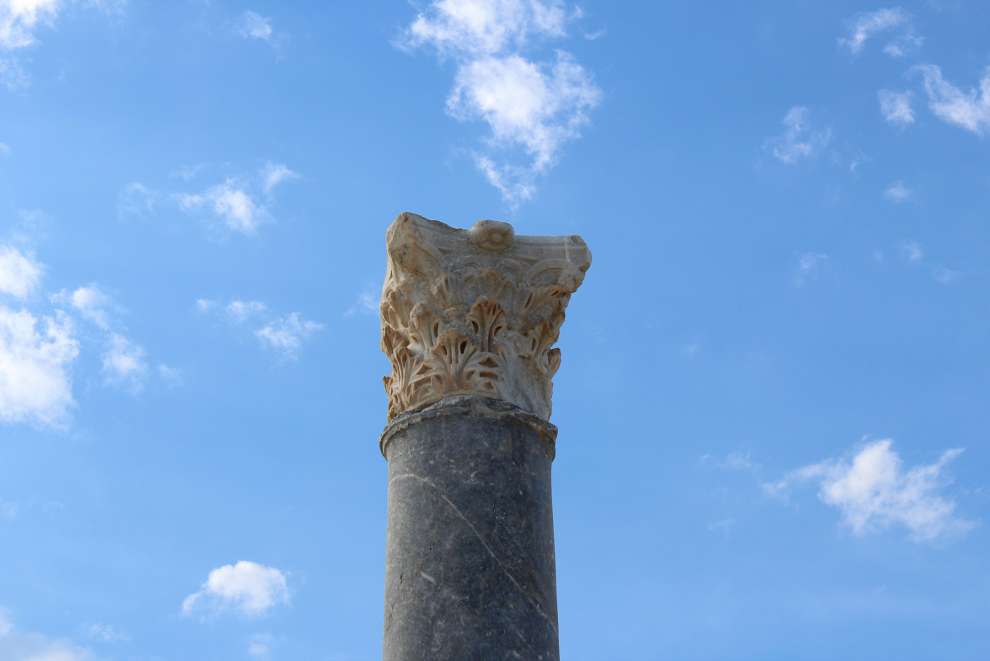
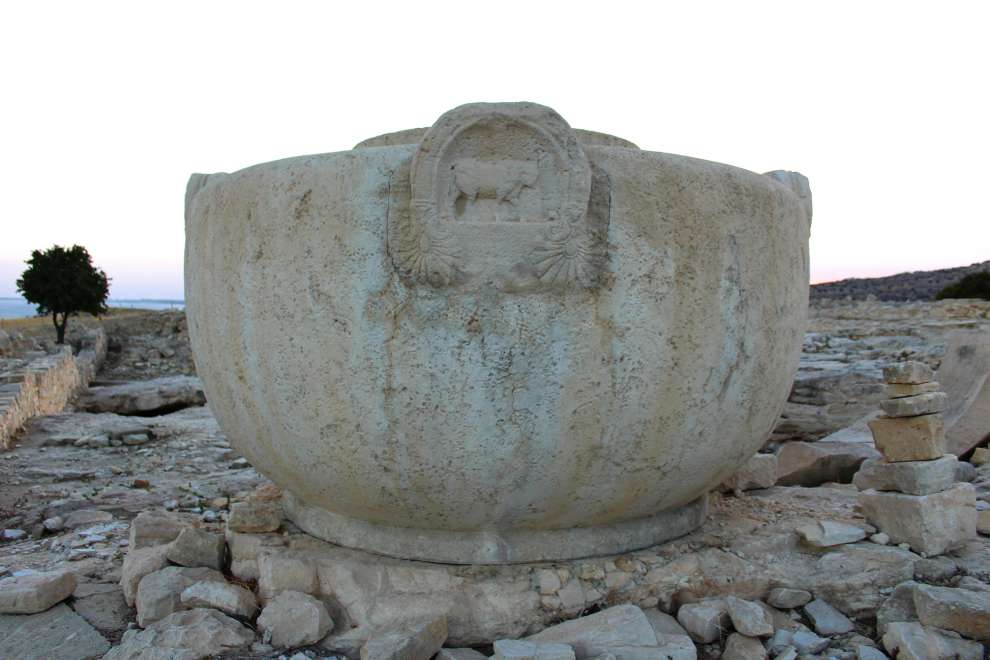
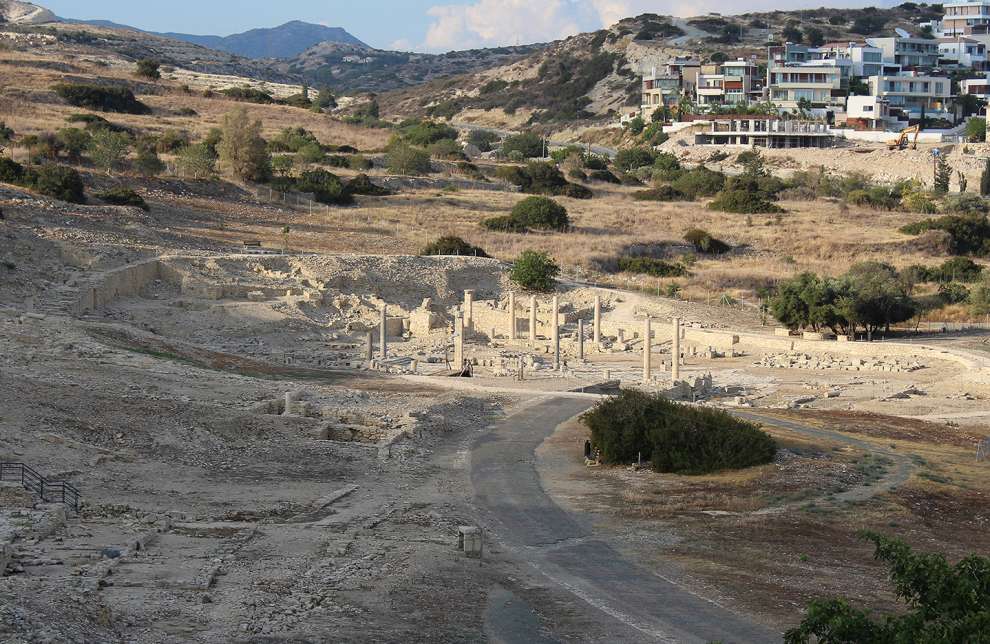
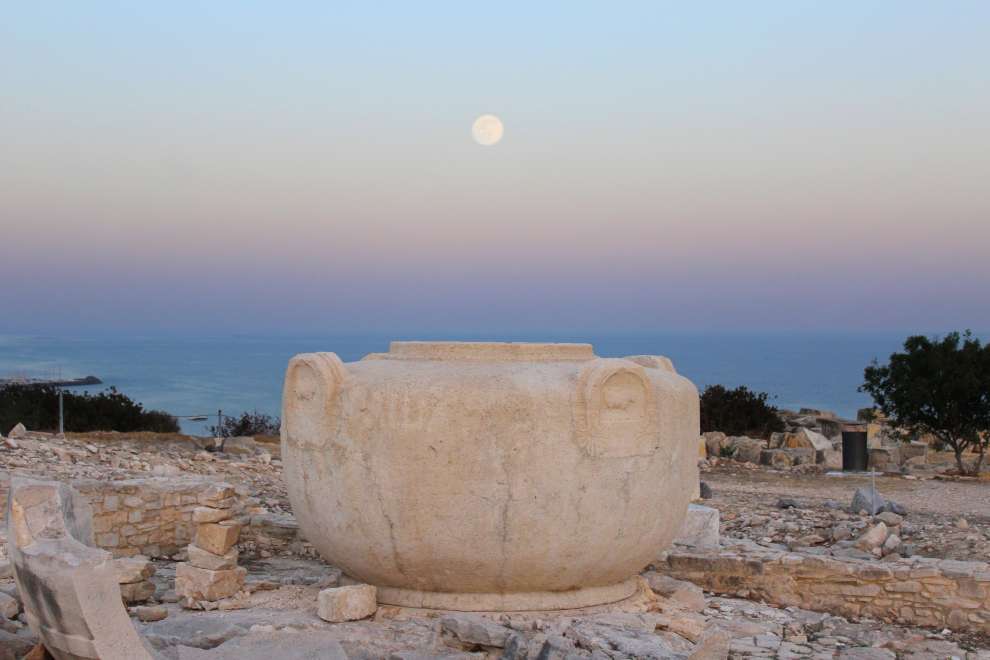
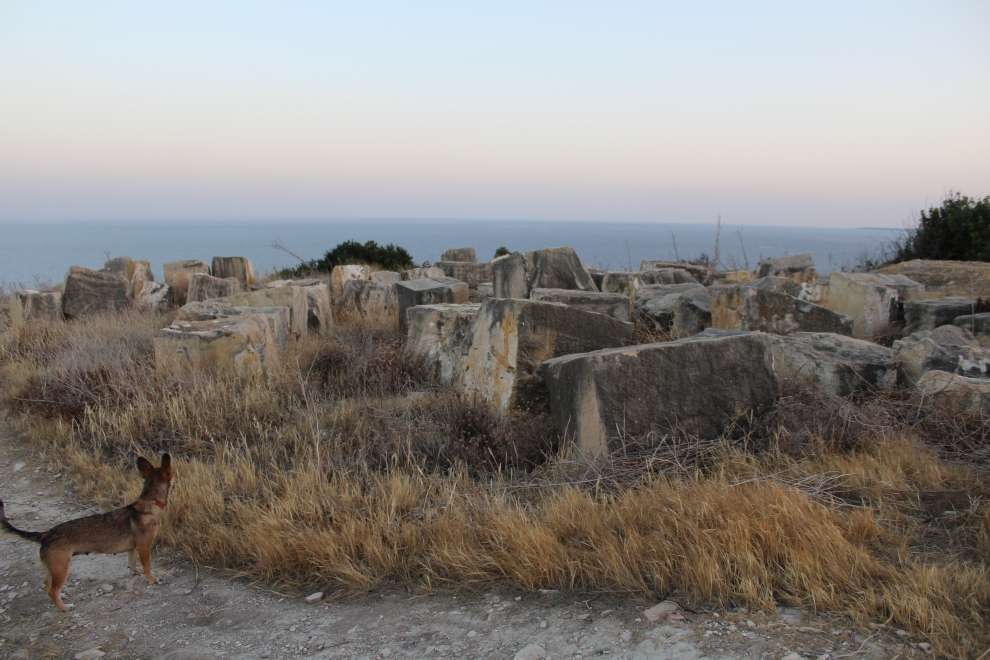
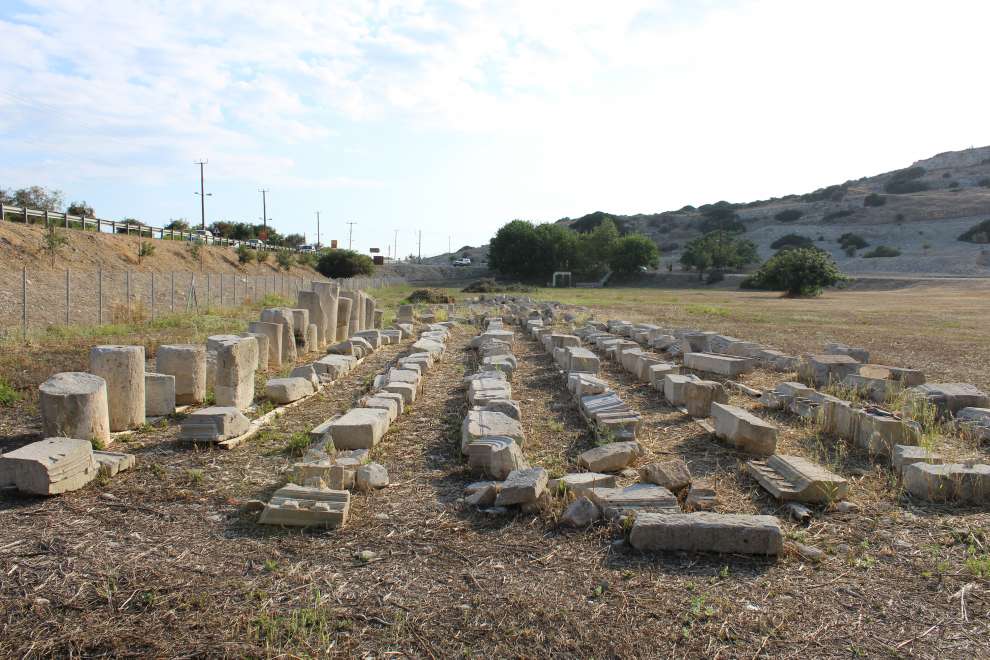
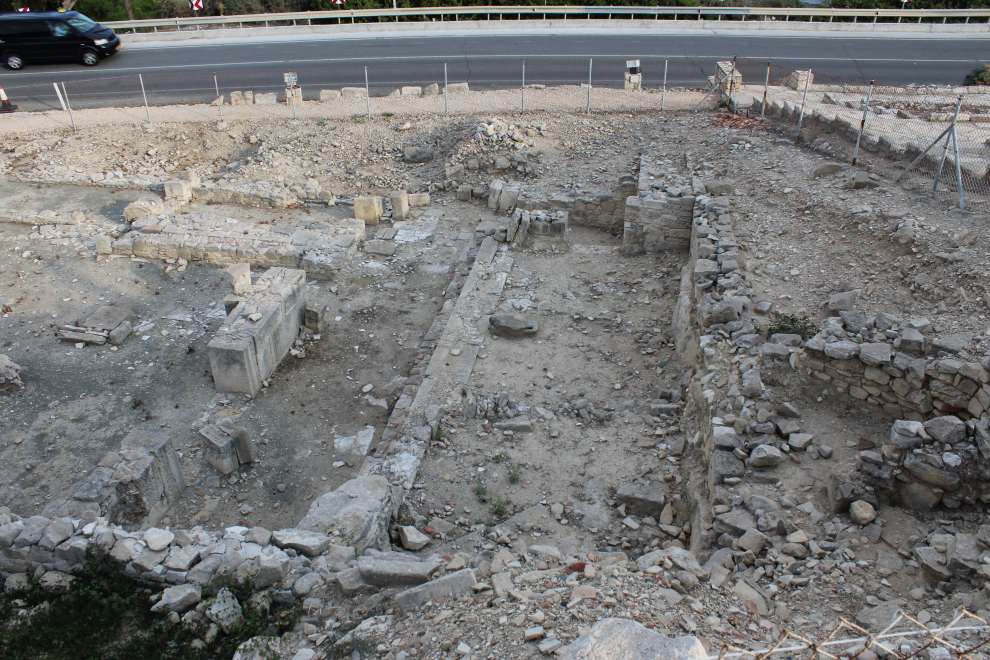
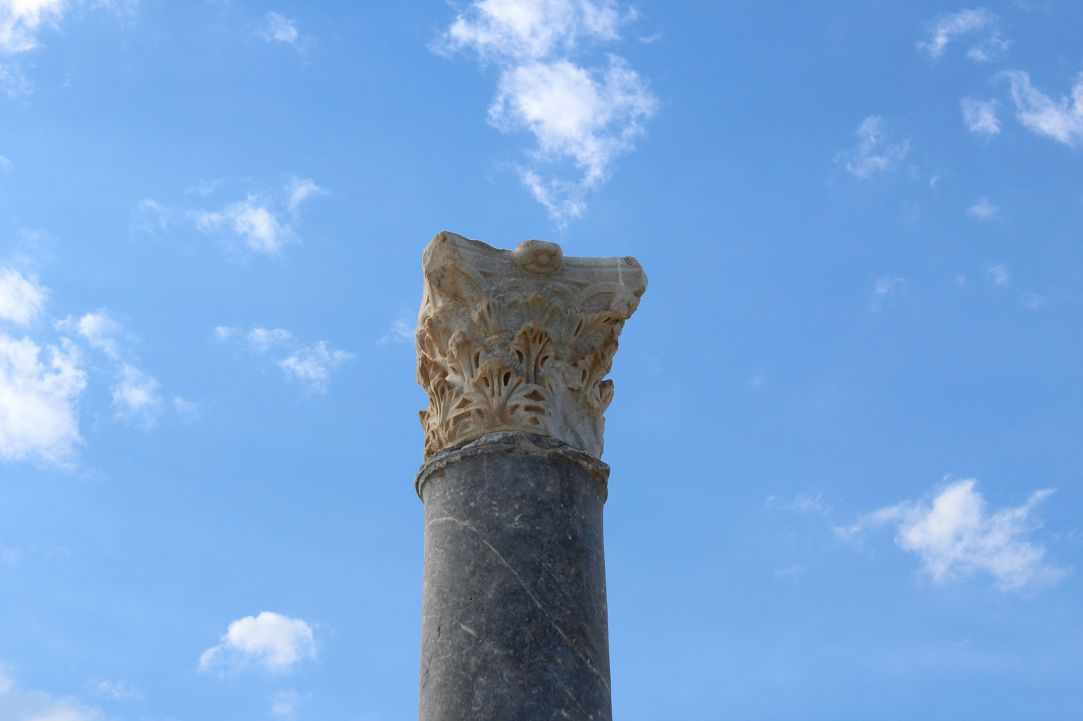
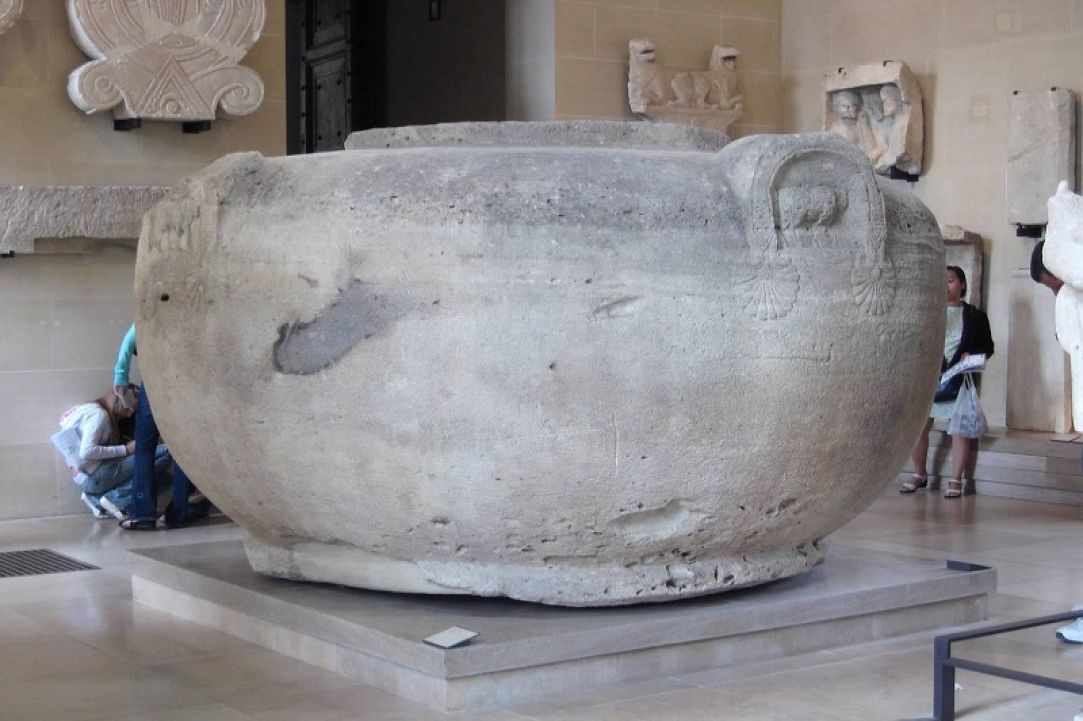
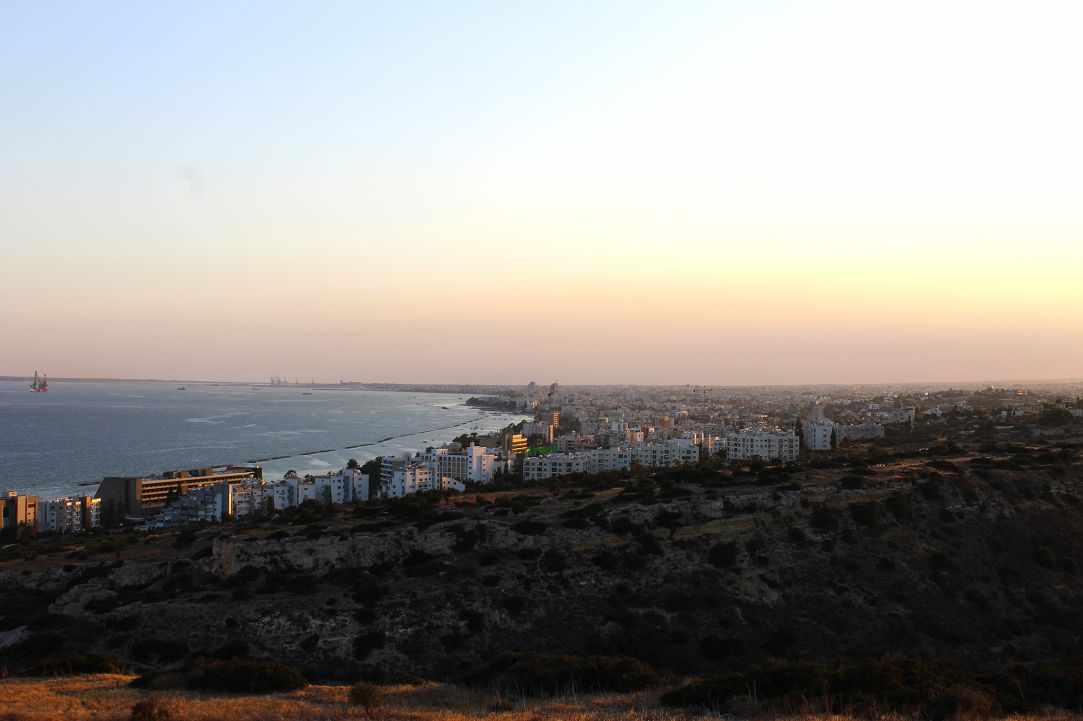
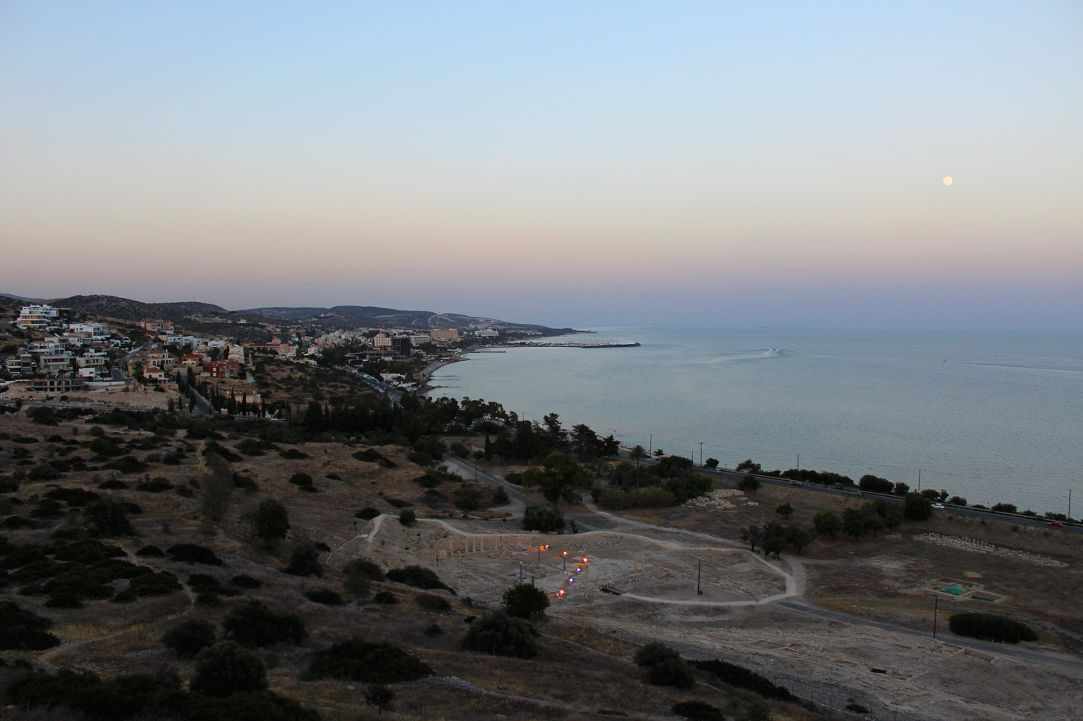
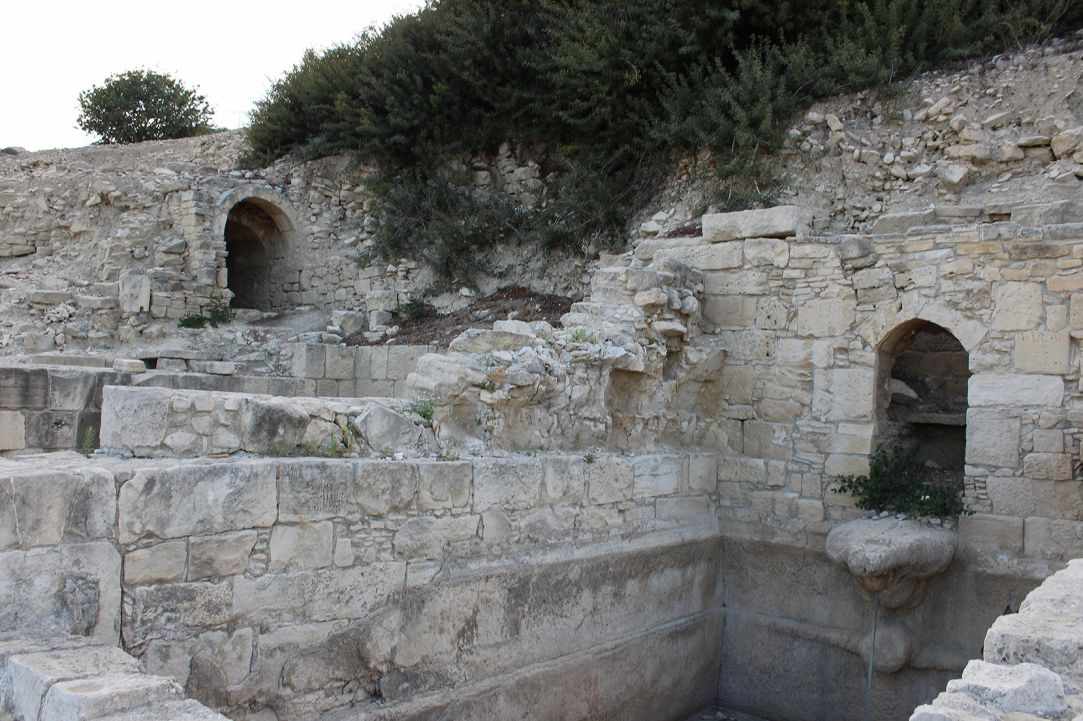
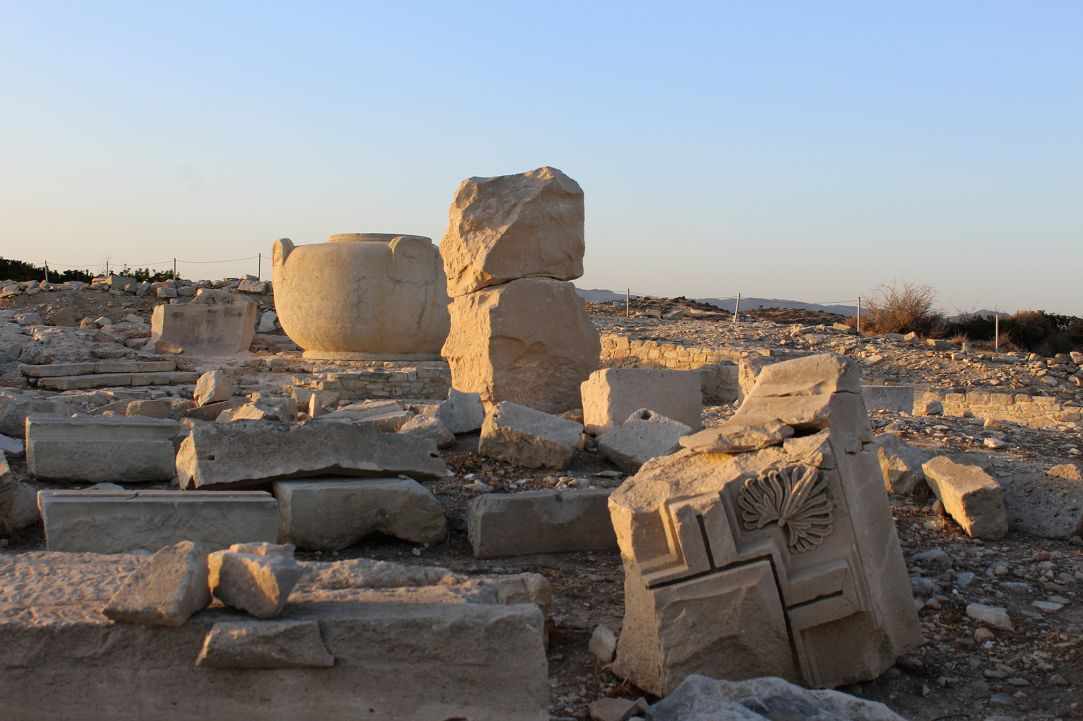
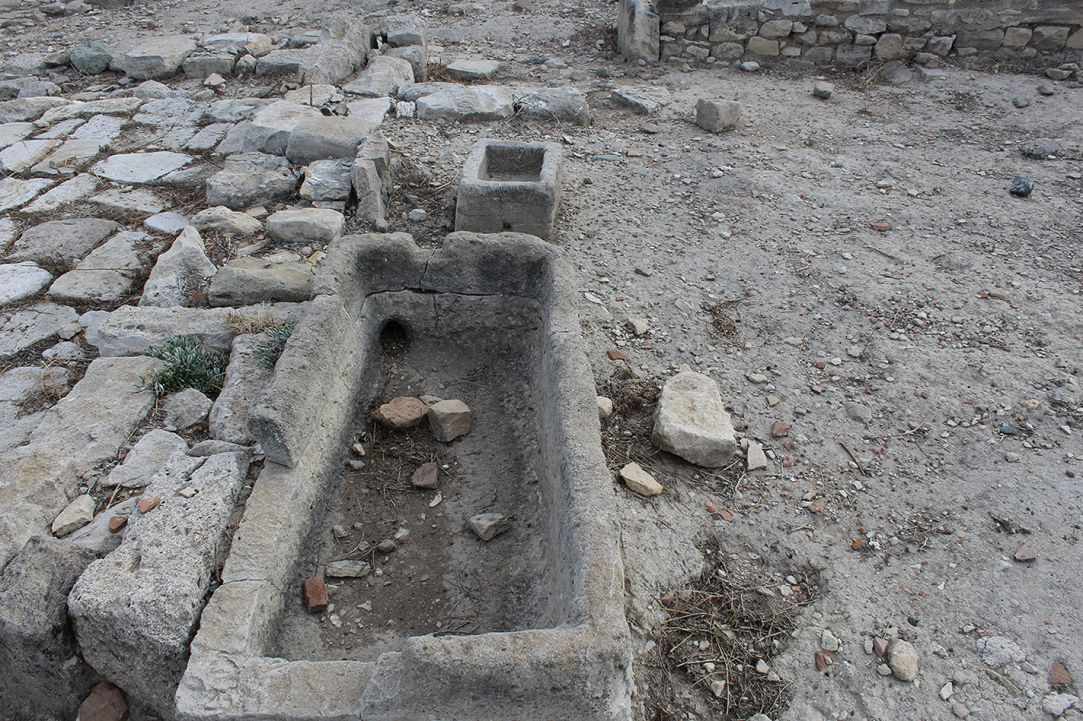
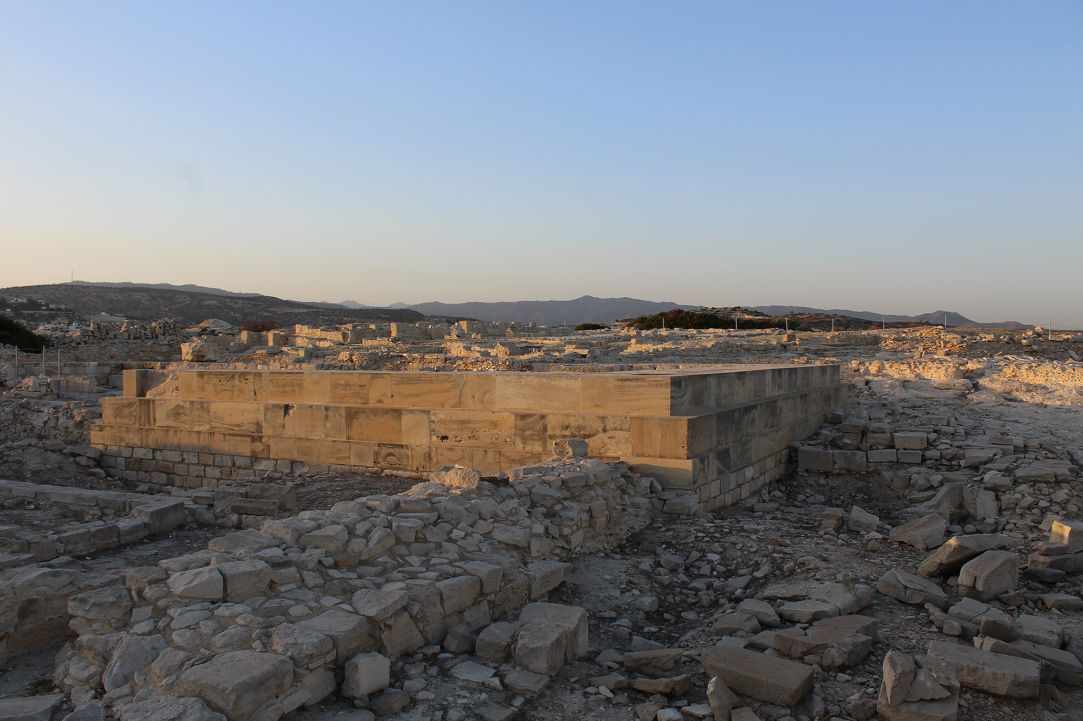
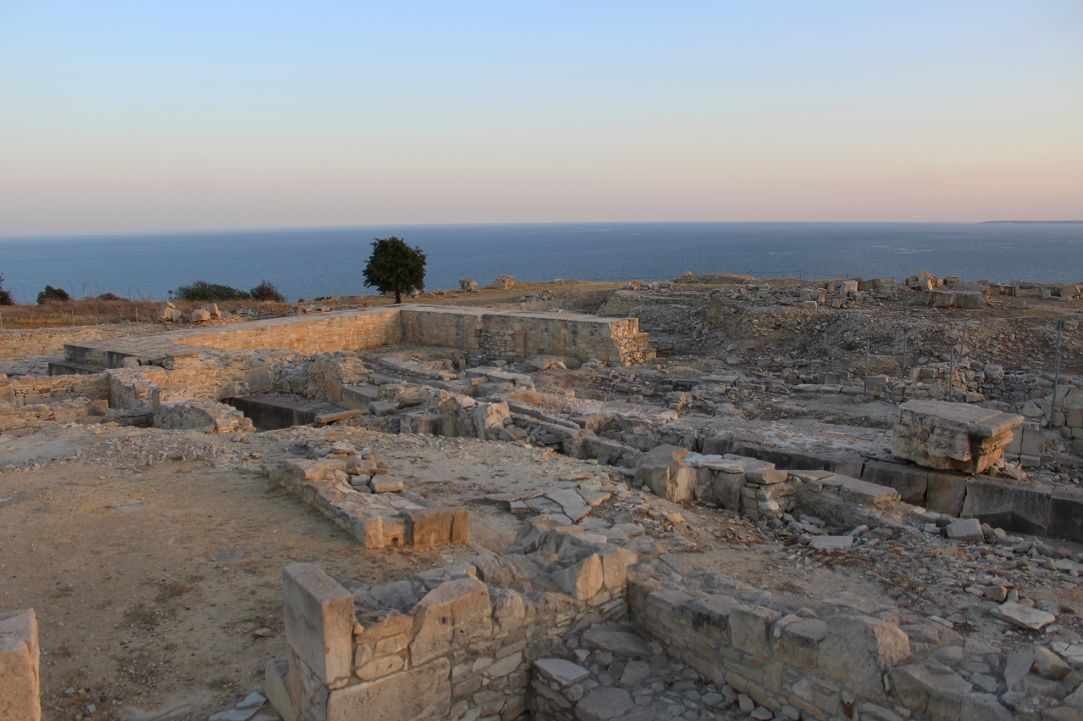
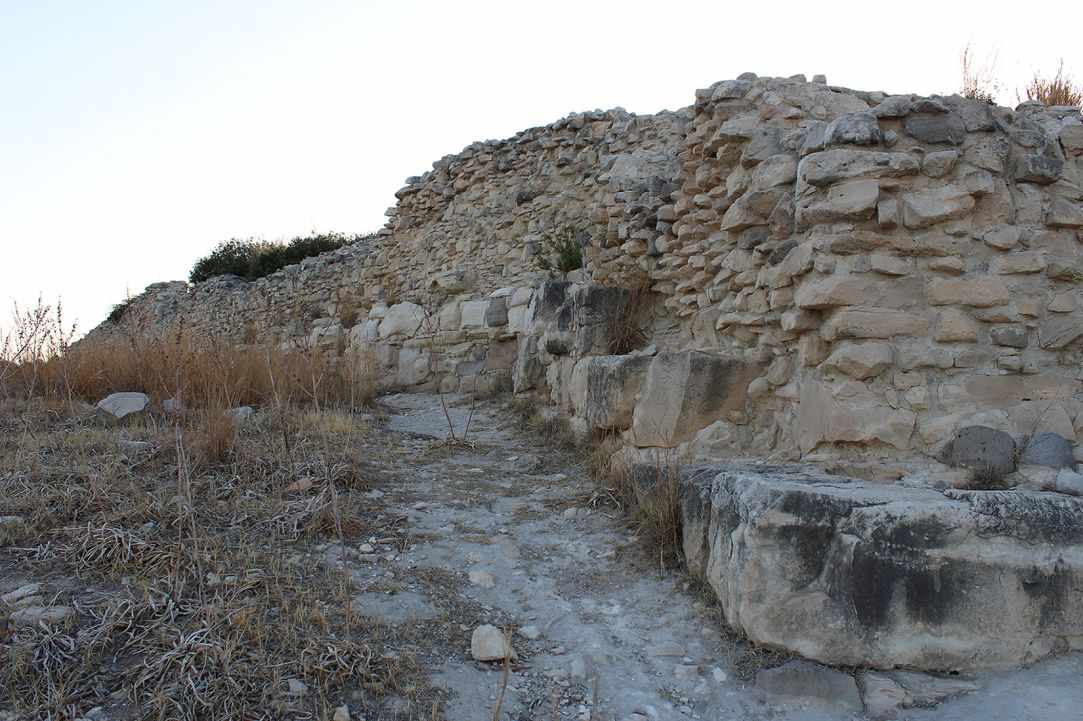
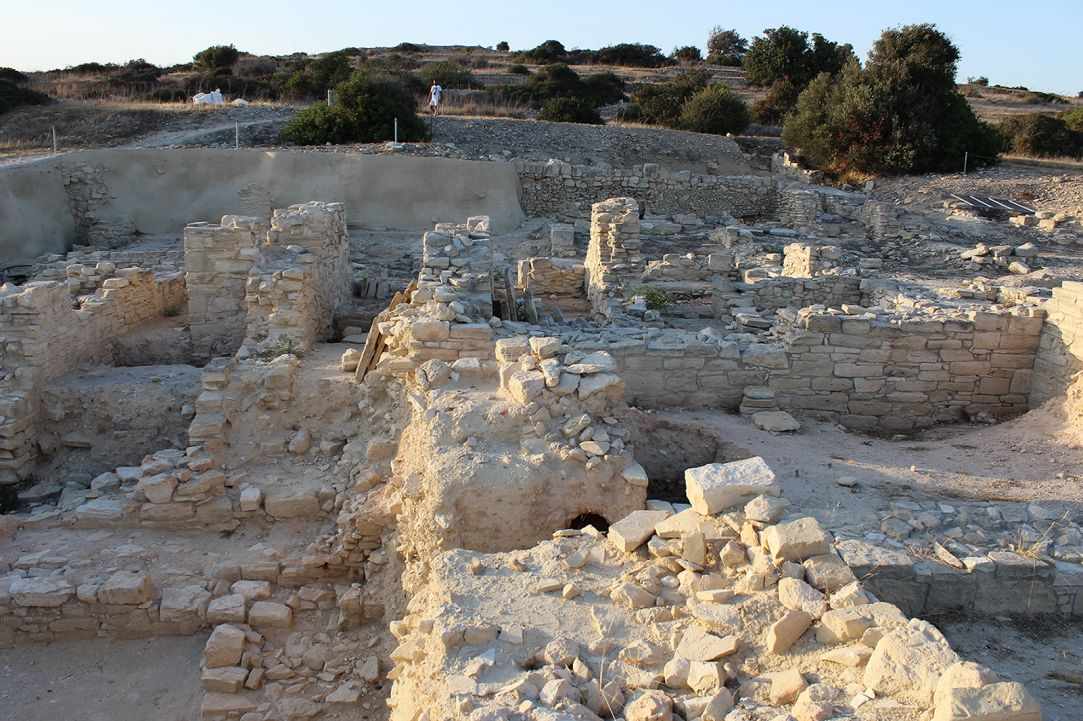
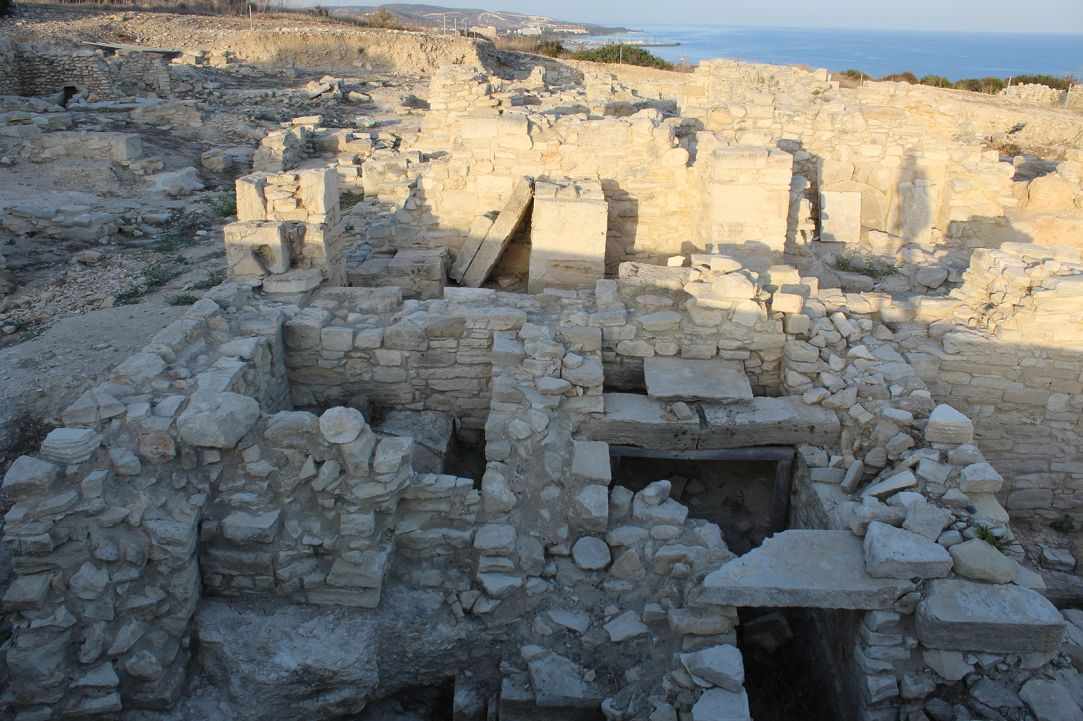
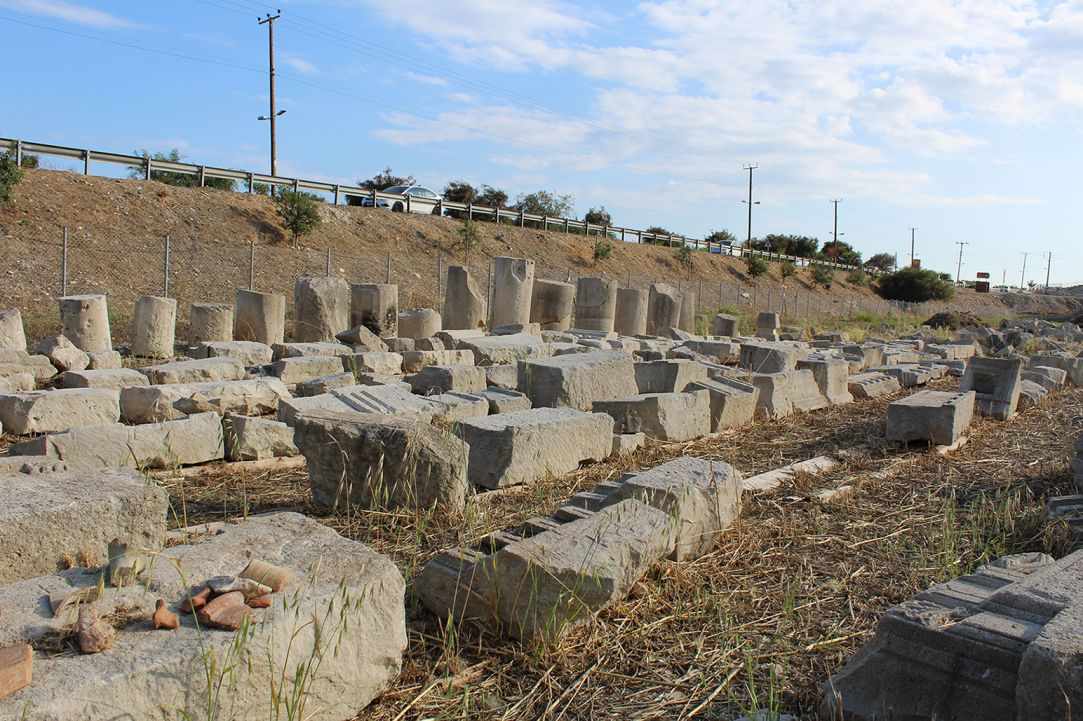
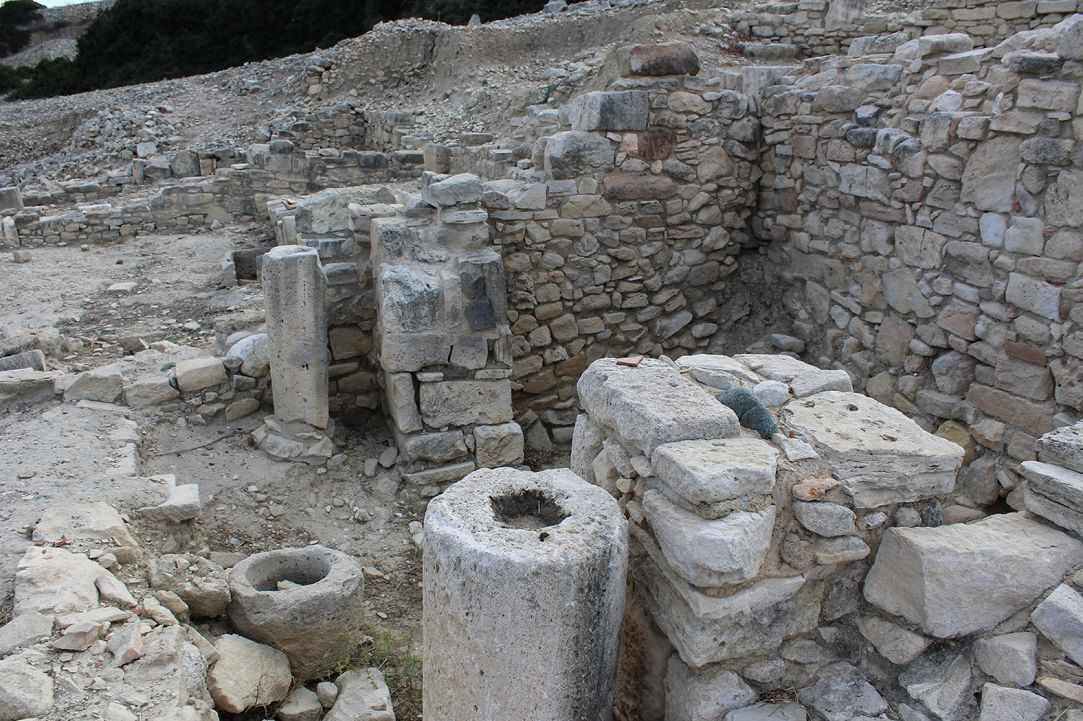
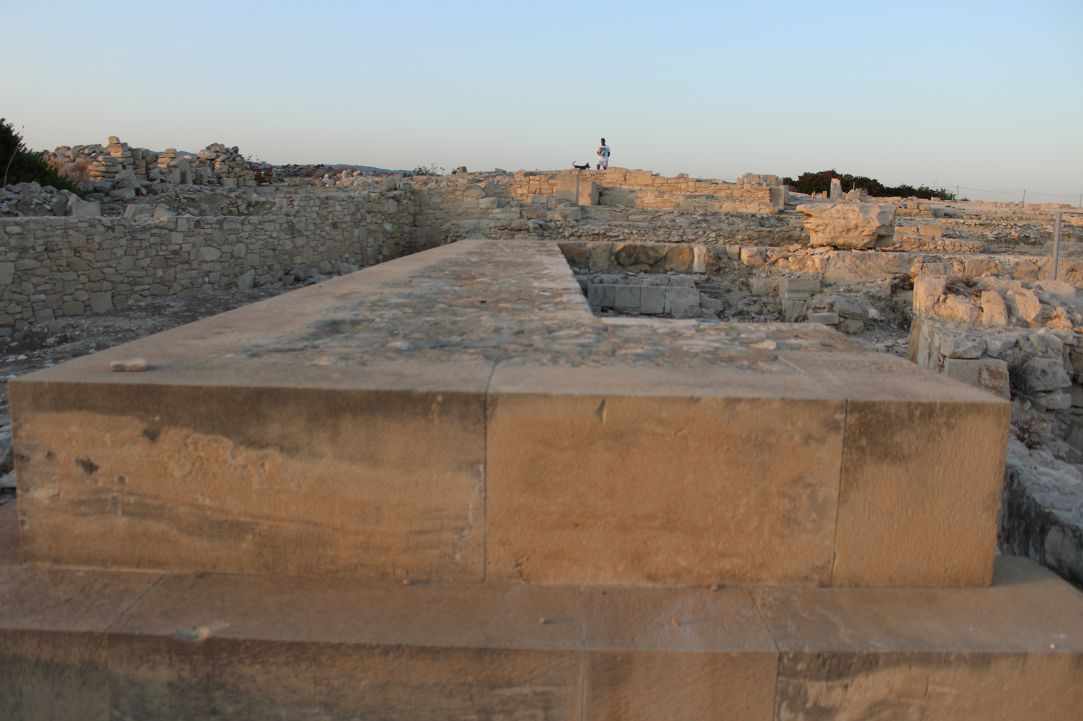
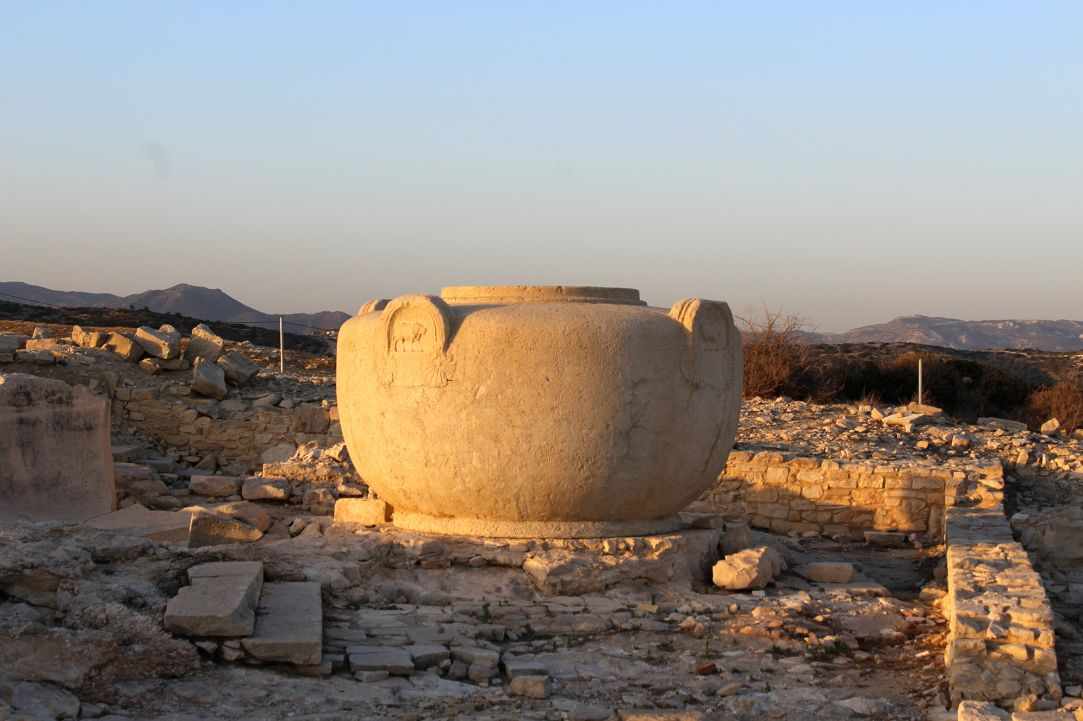
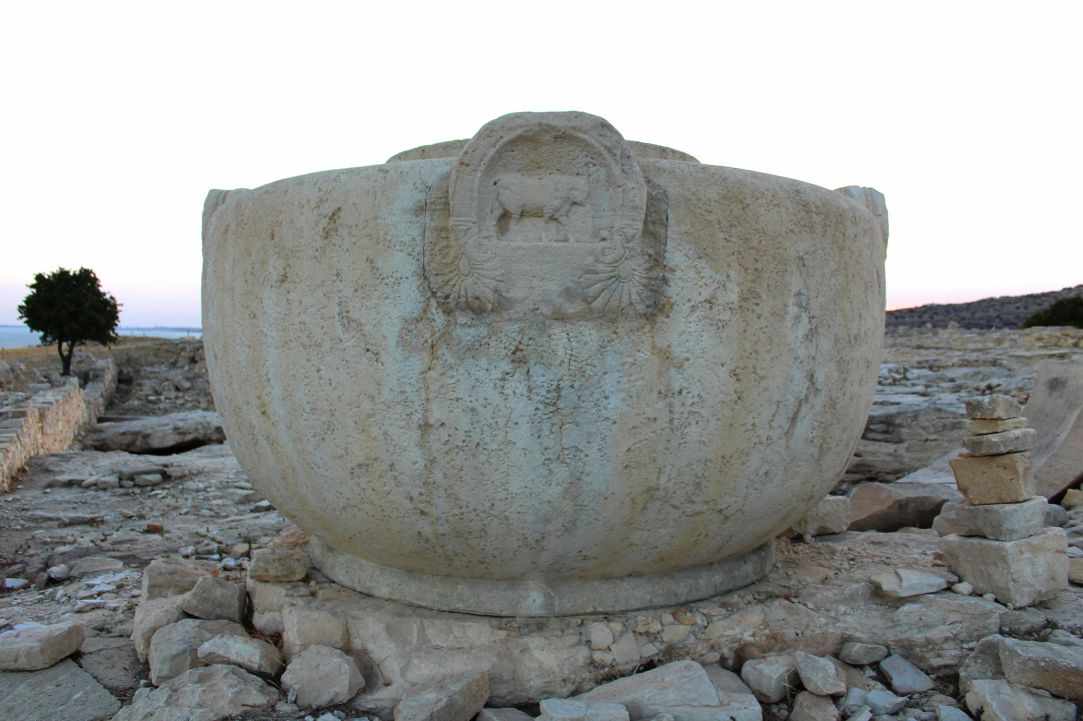
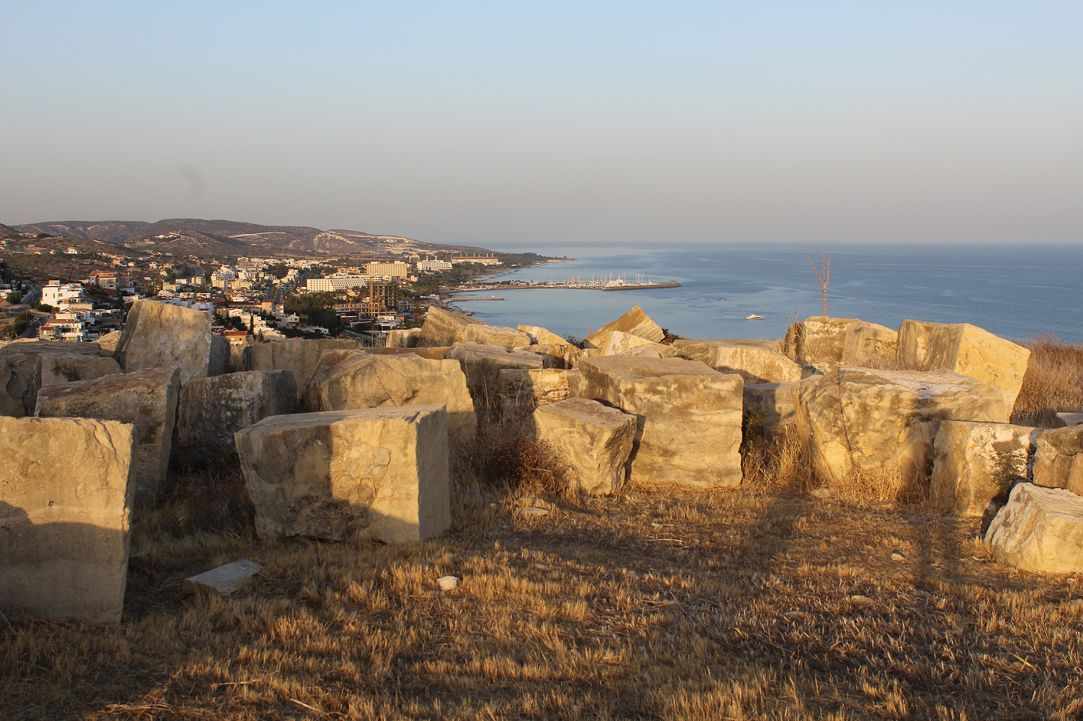
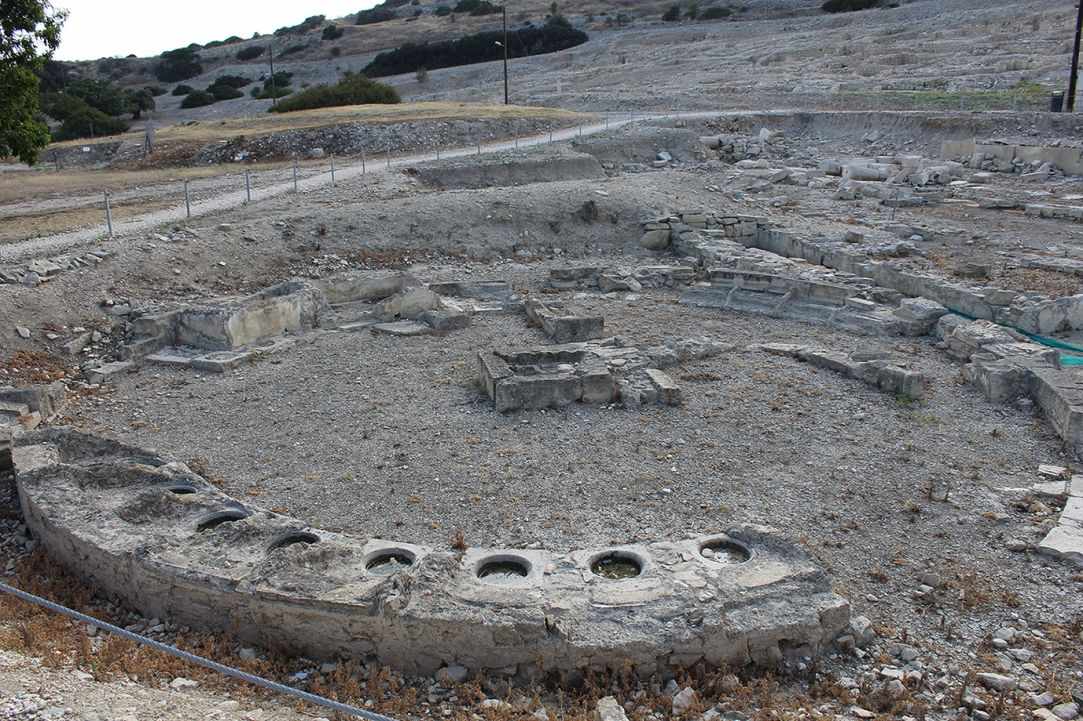
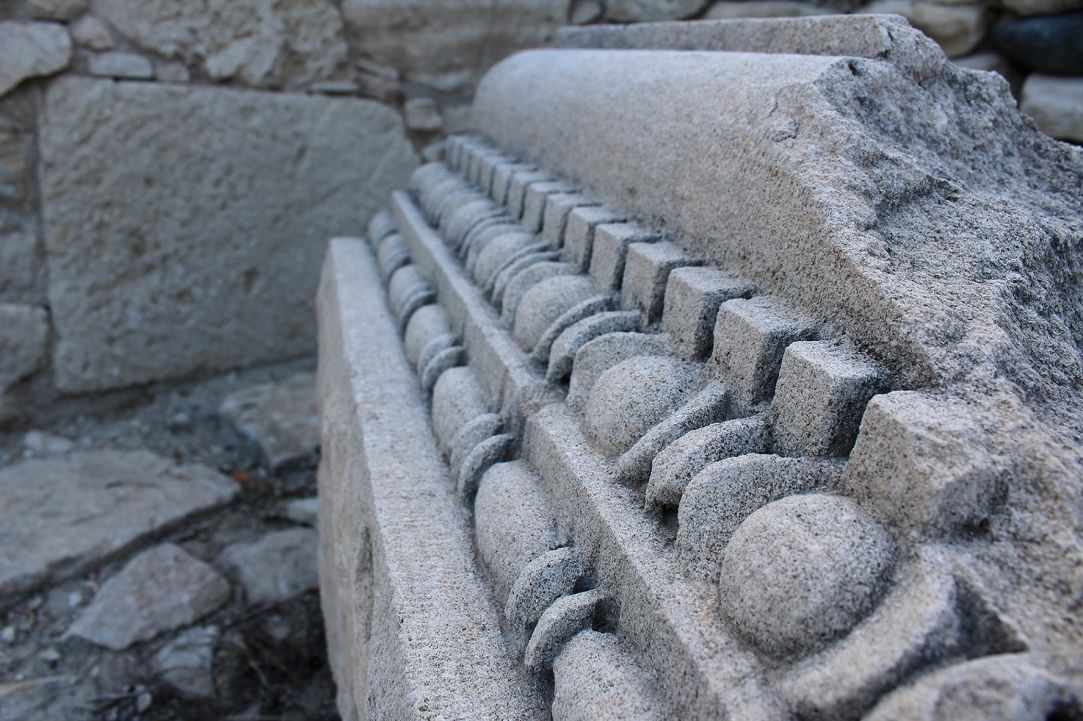
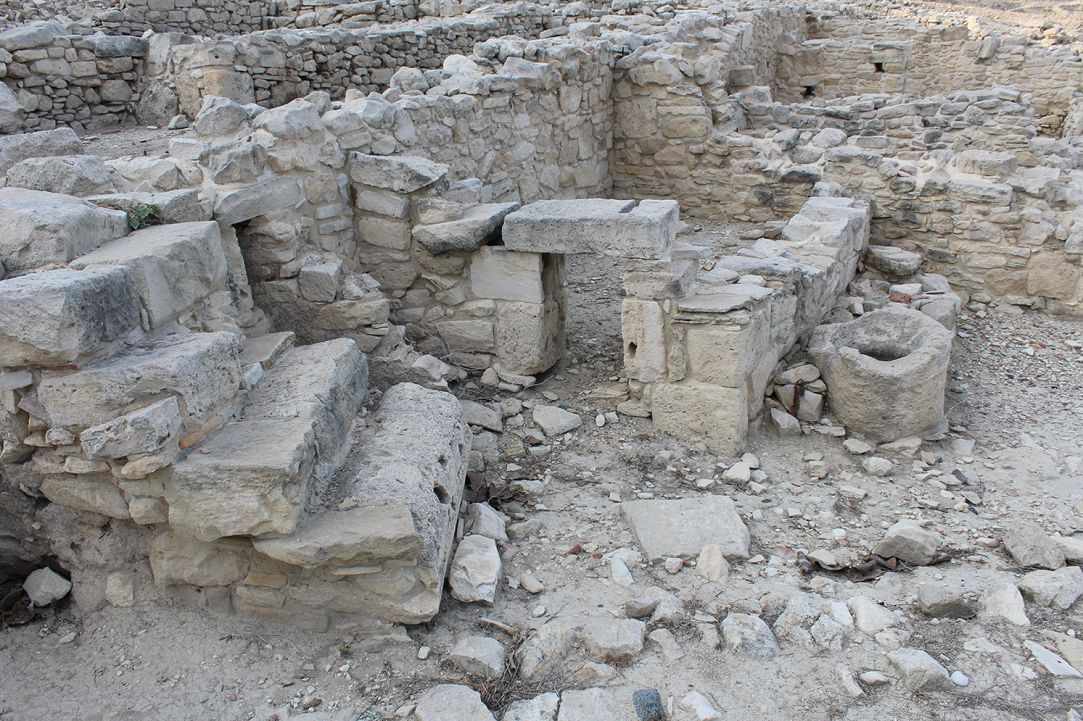
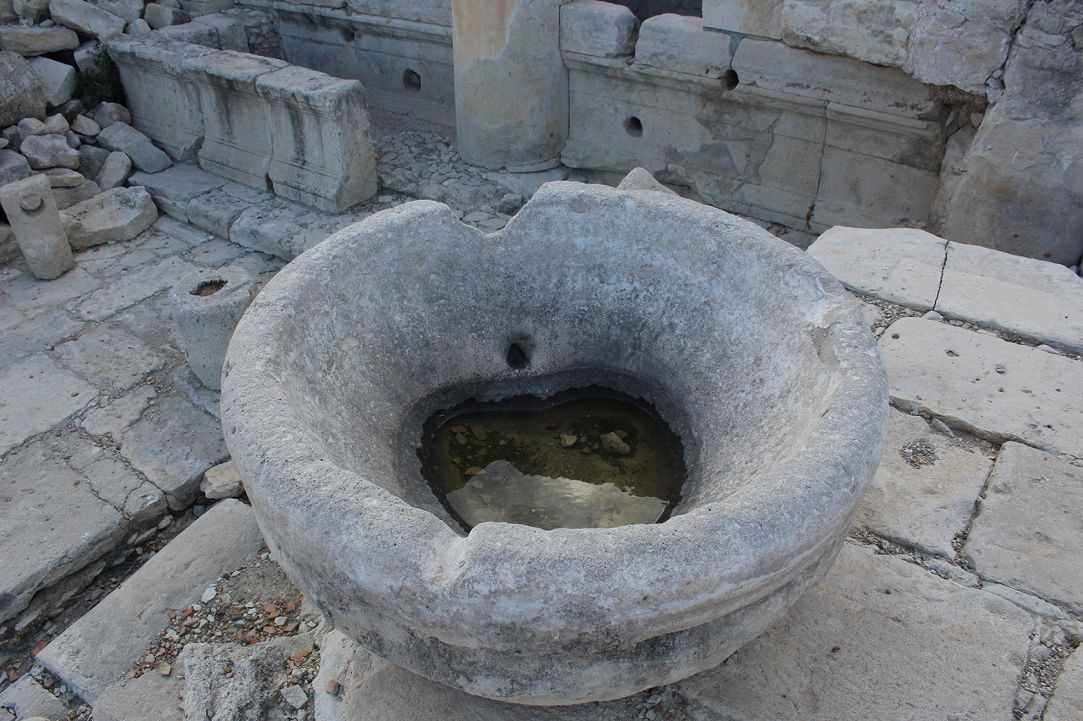
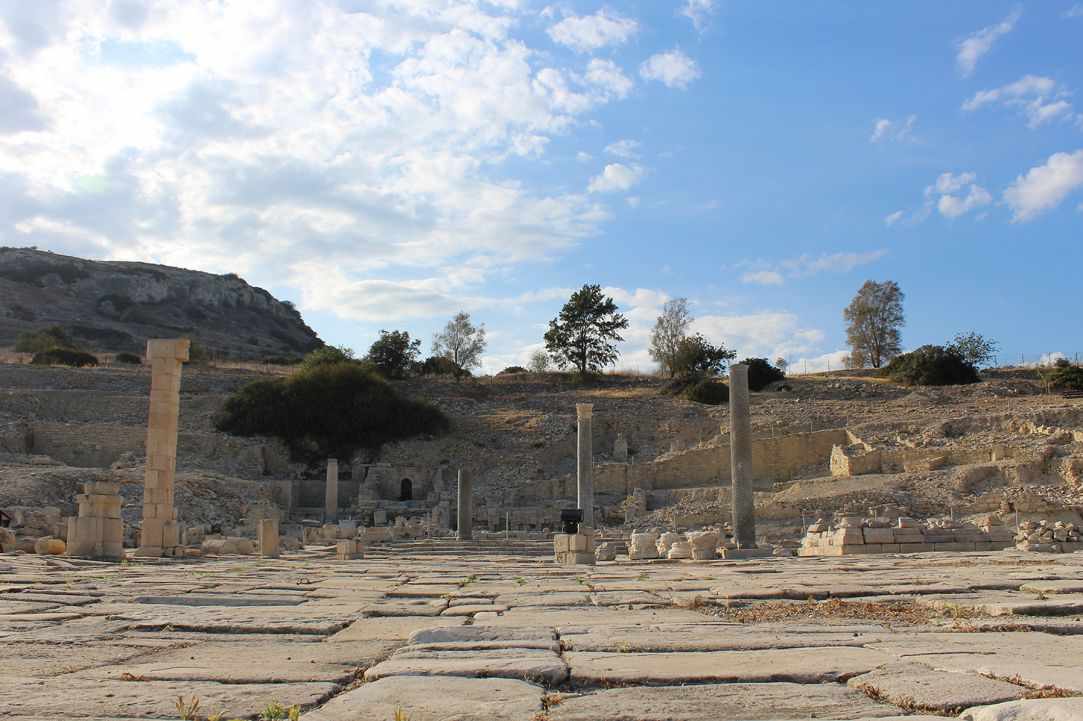
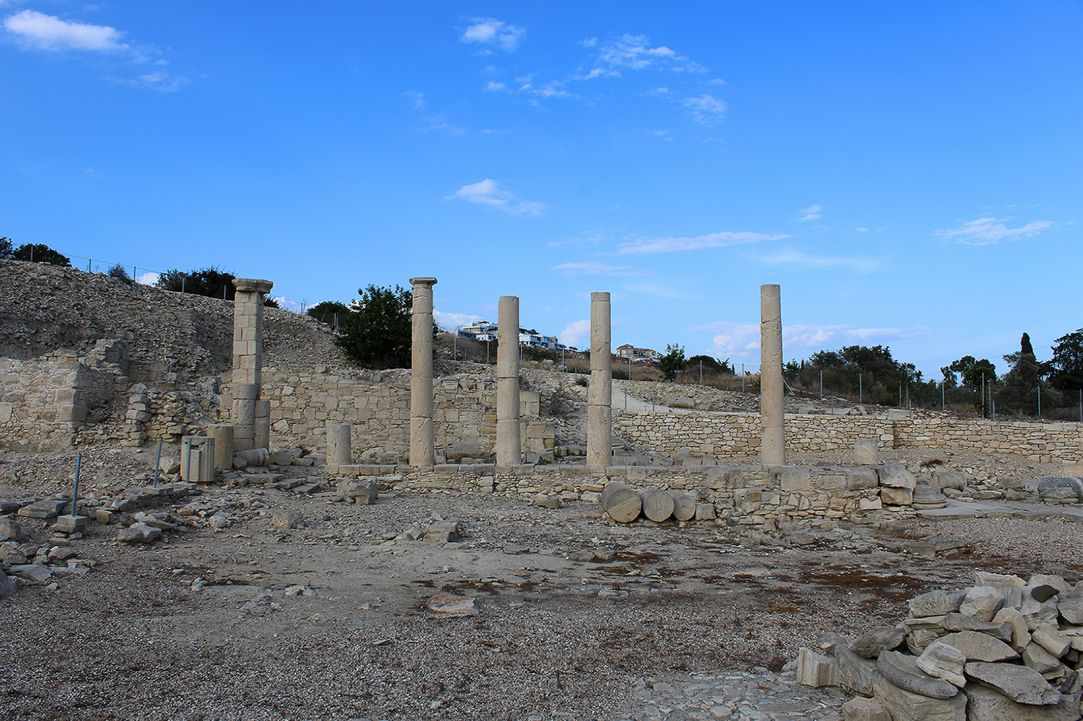
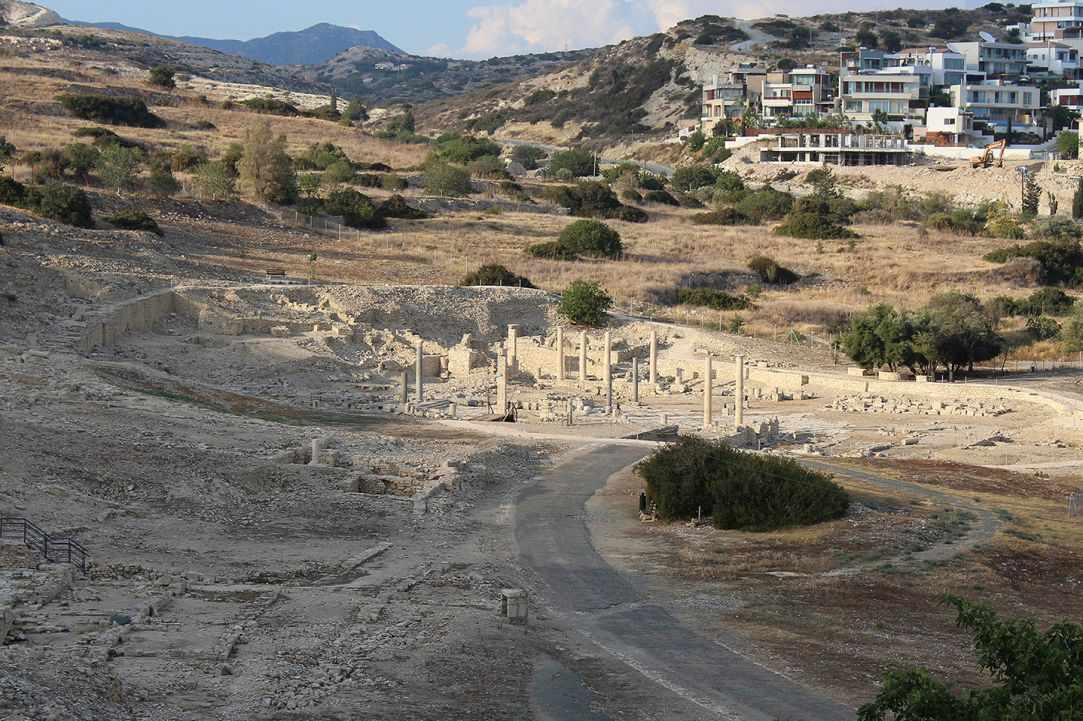
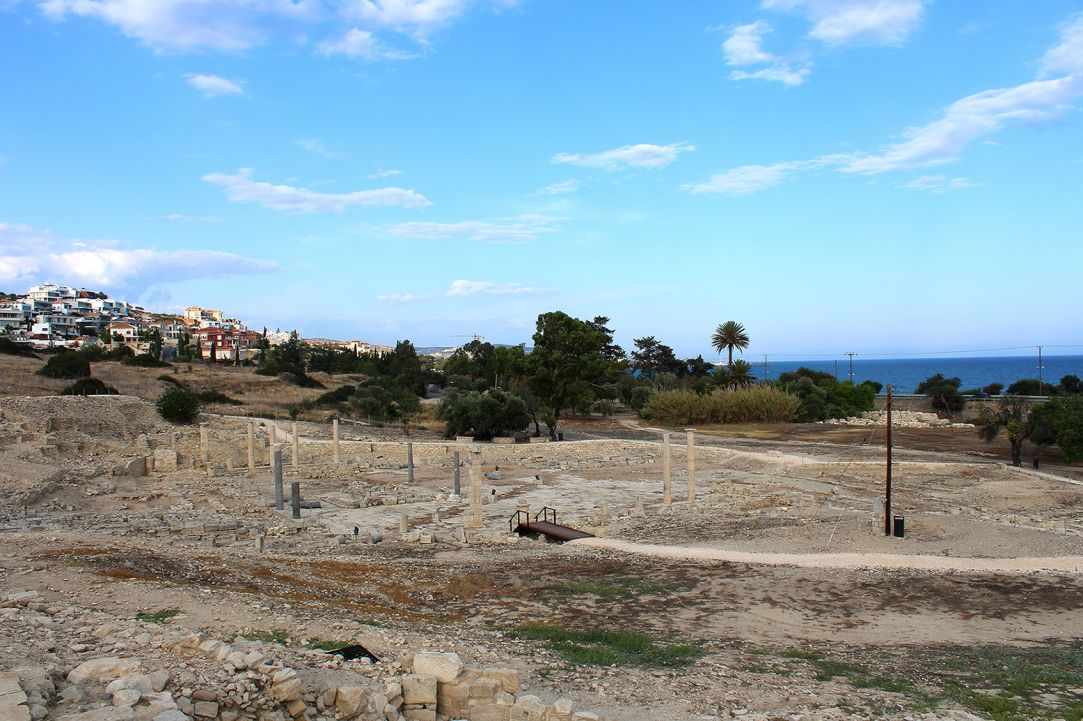
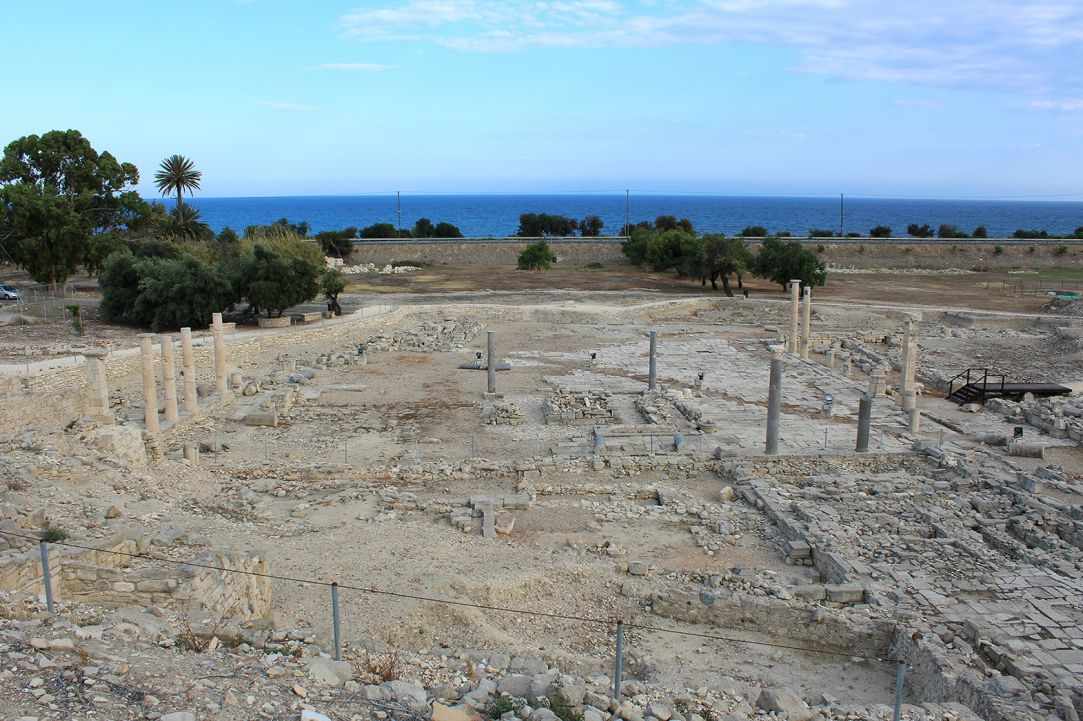
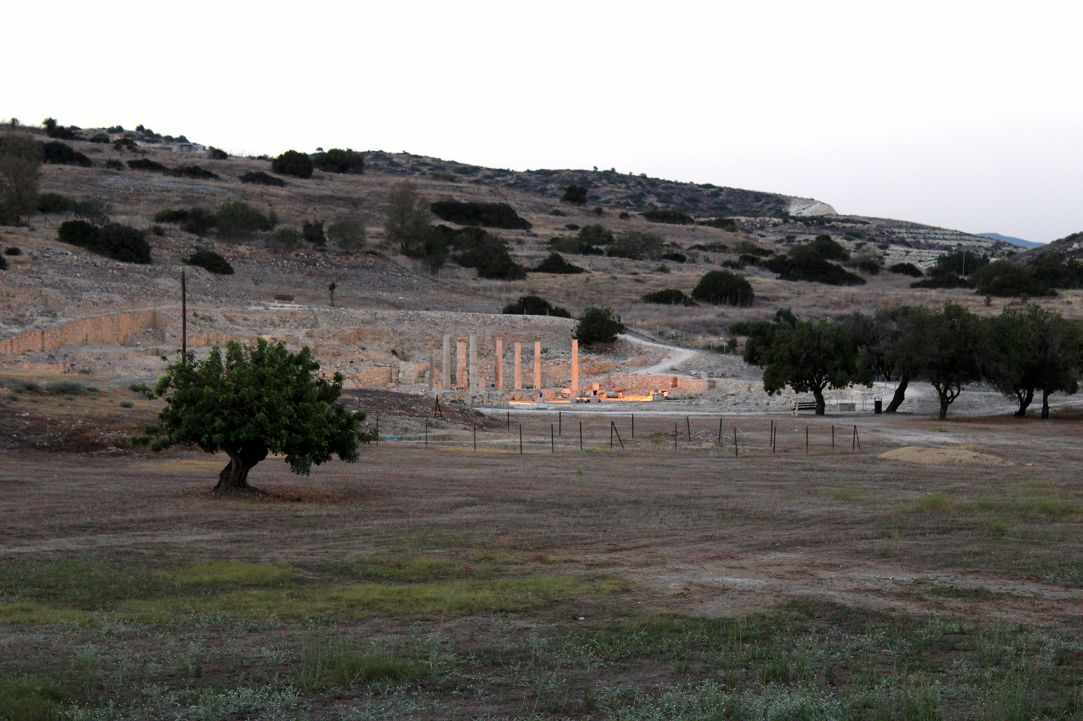
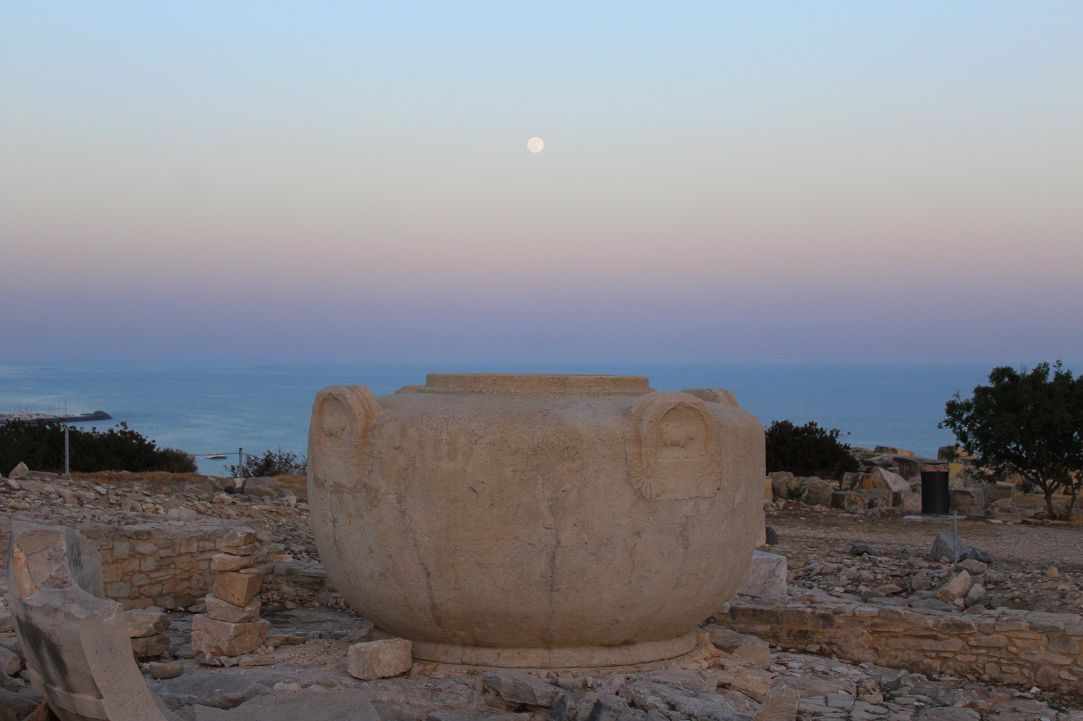
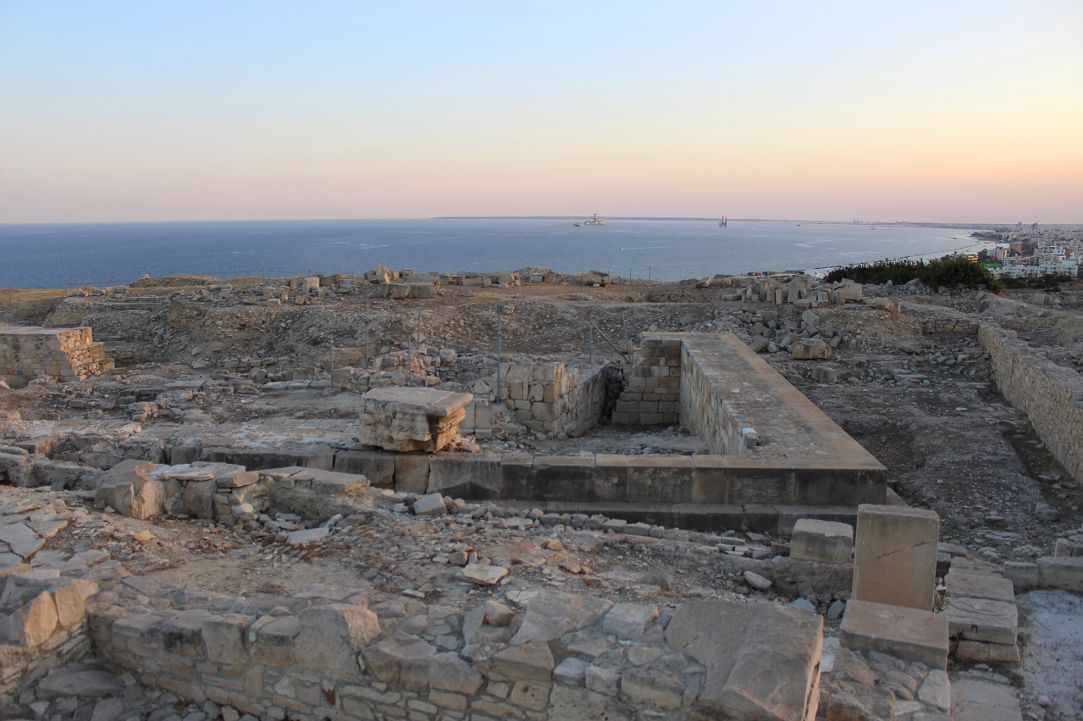
 Posted by
Christina Nicolaou
Posted by
Christina Nicolaou






